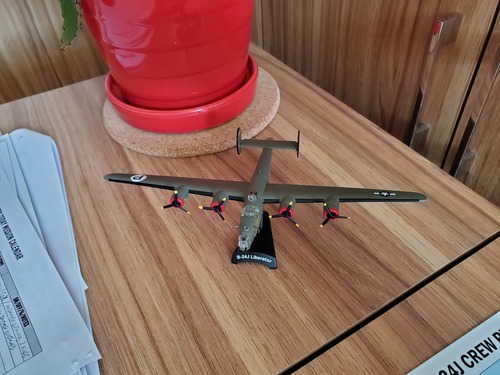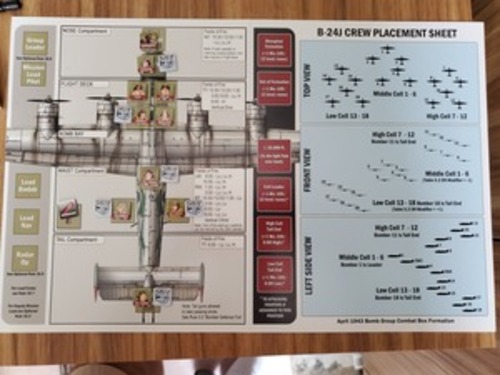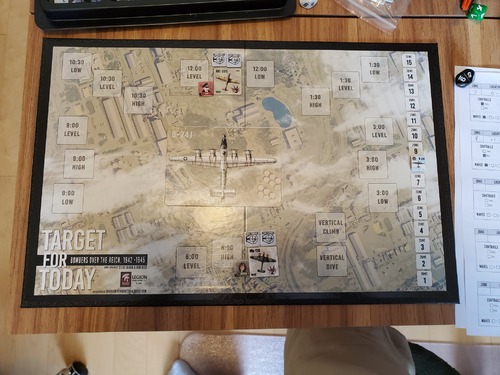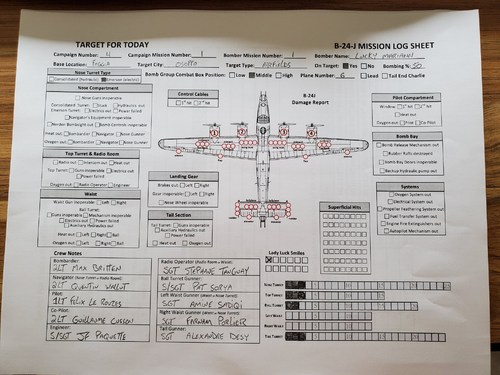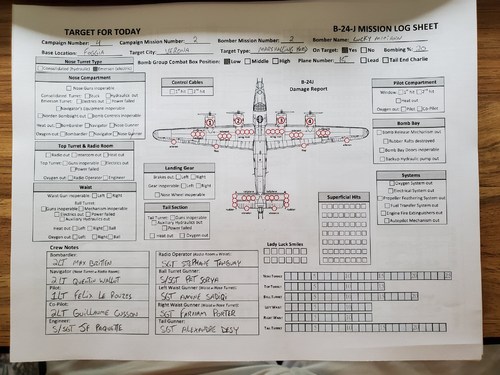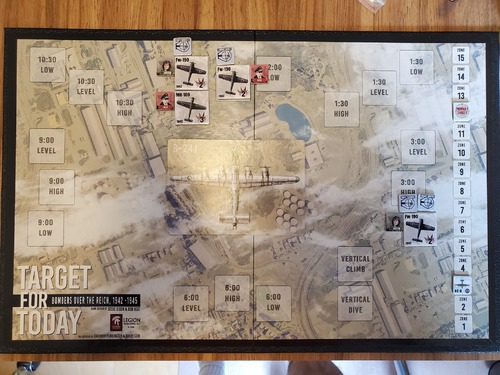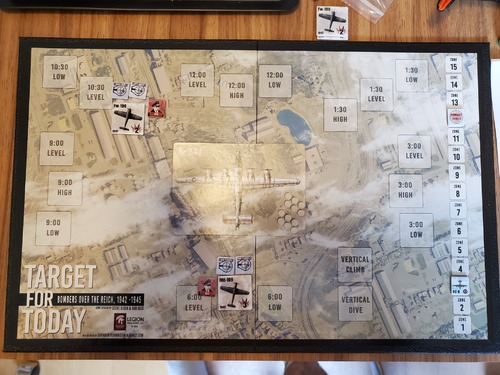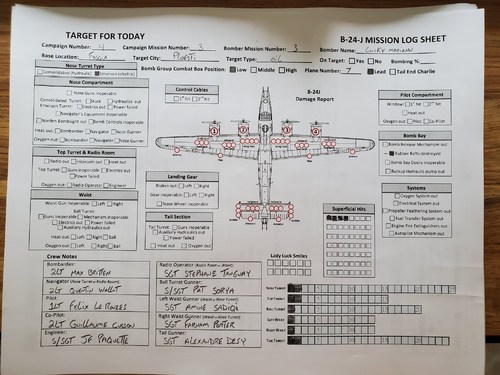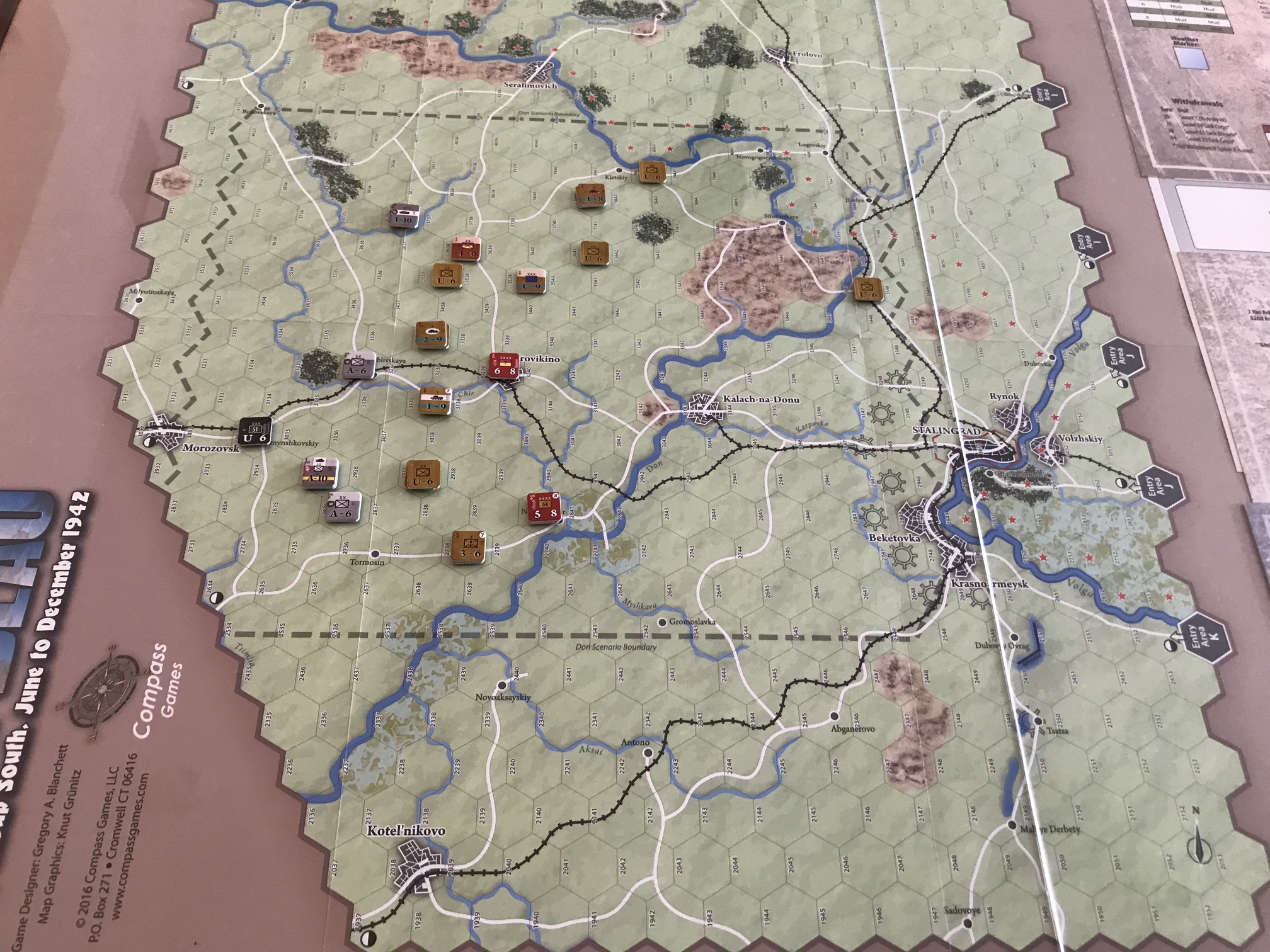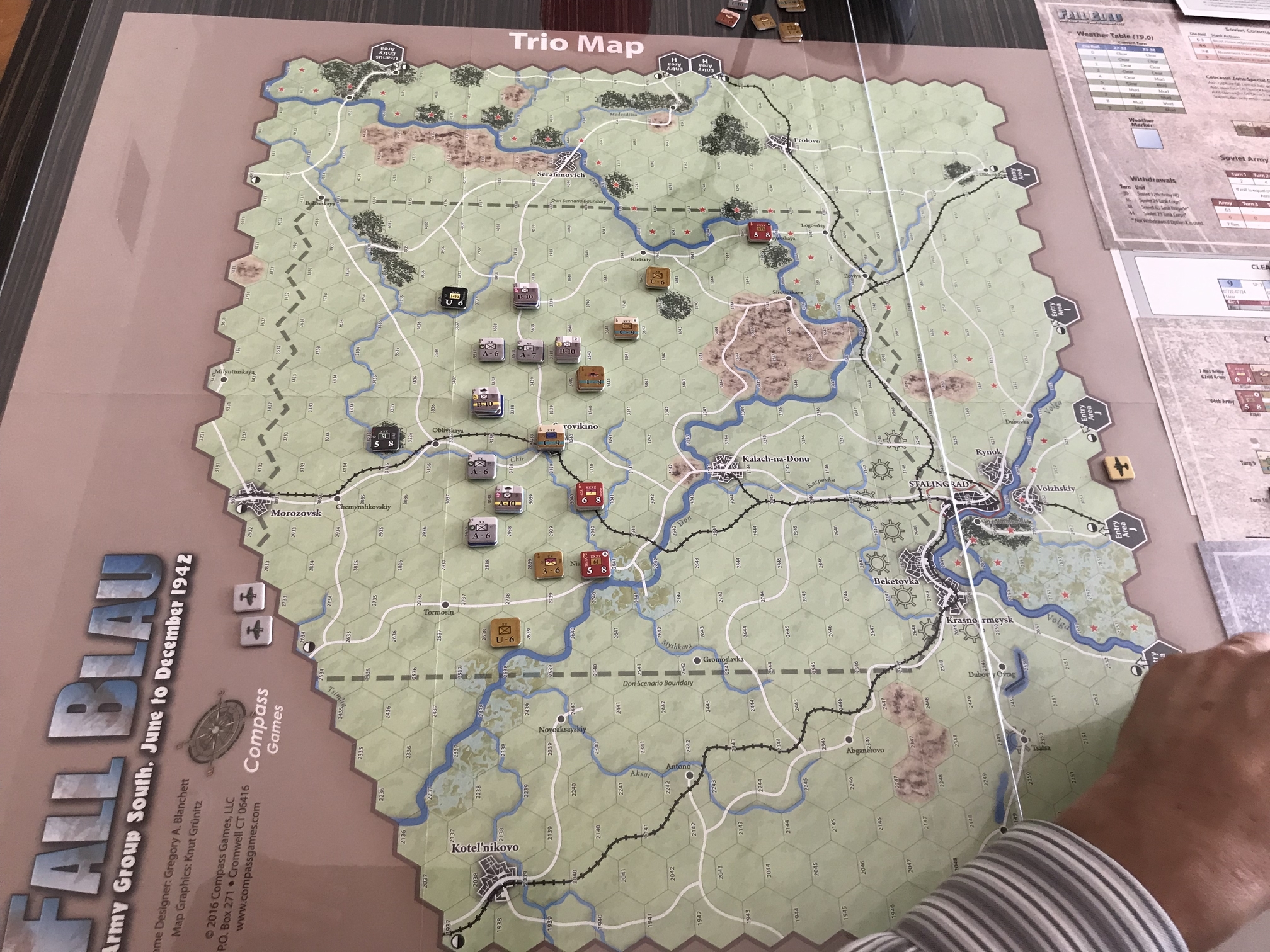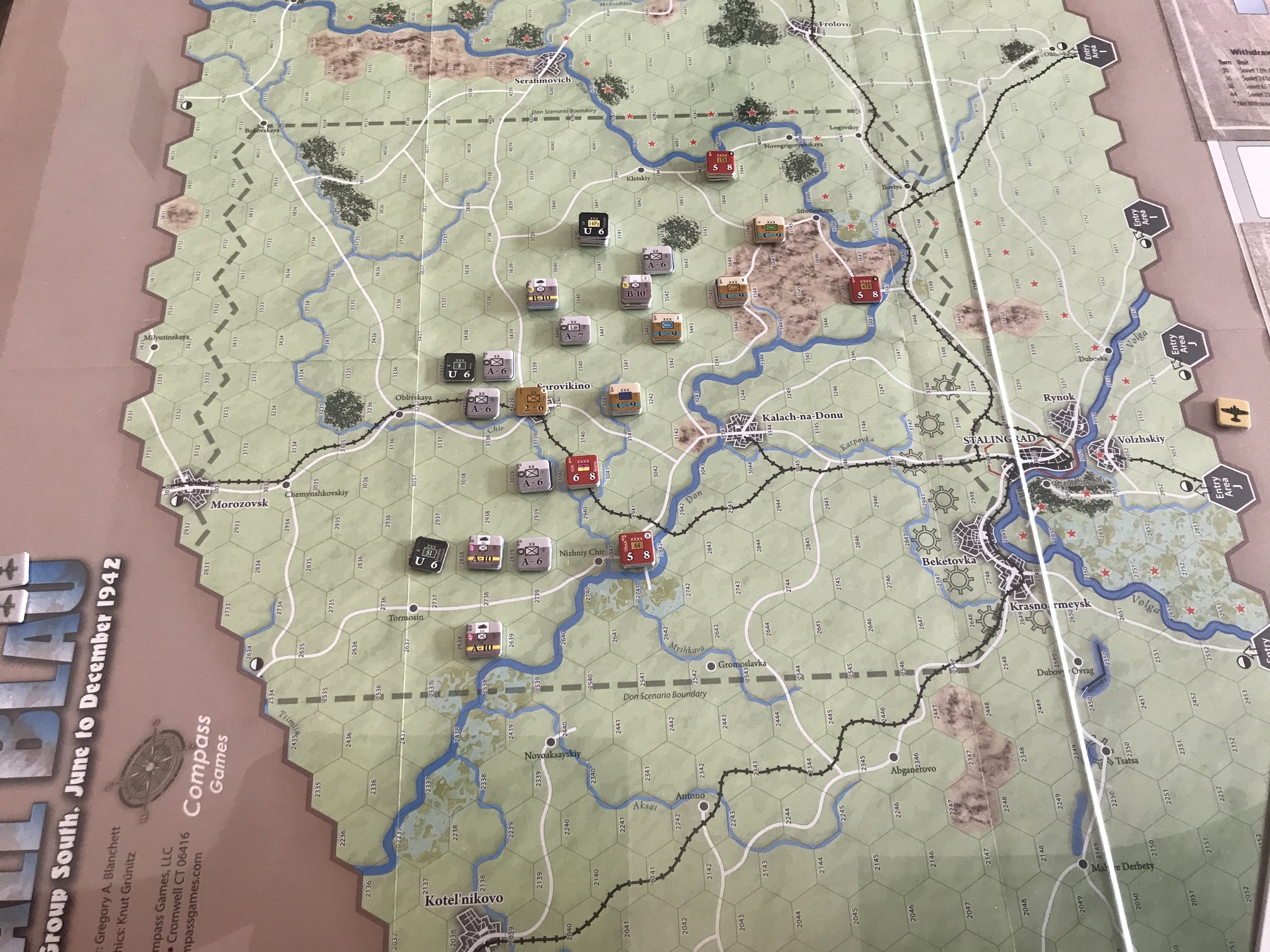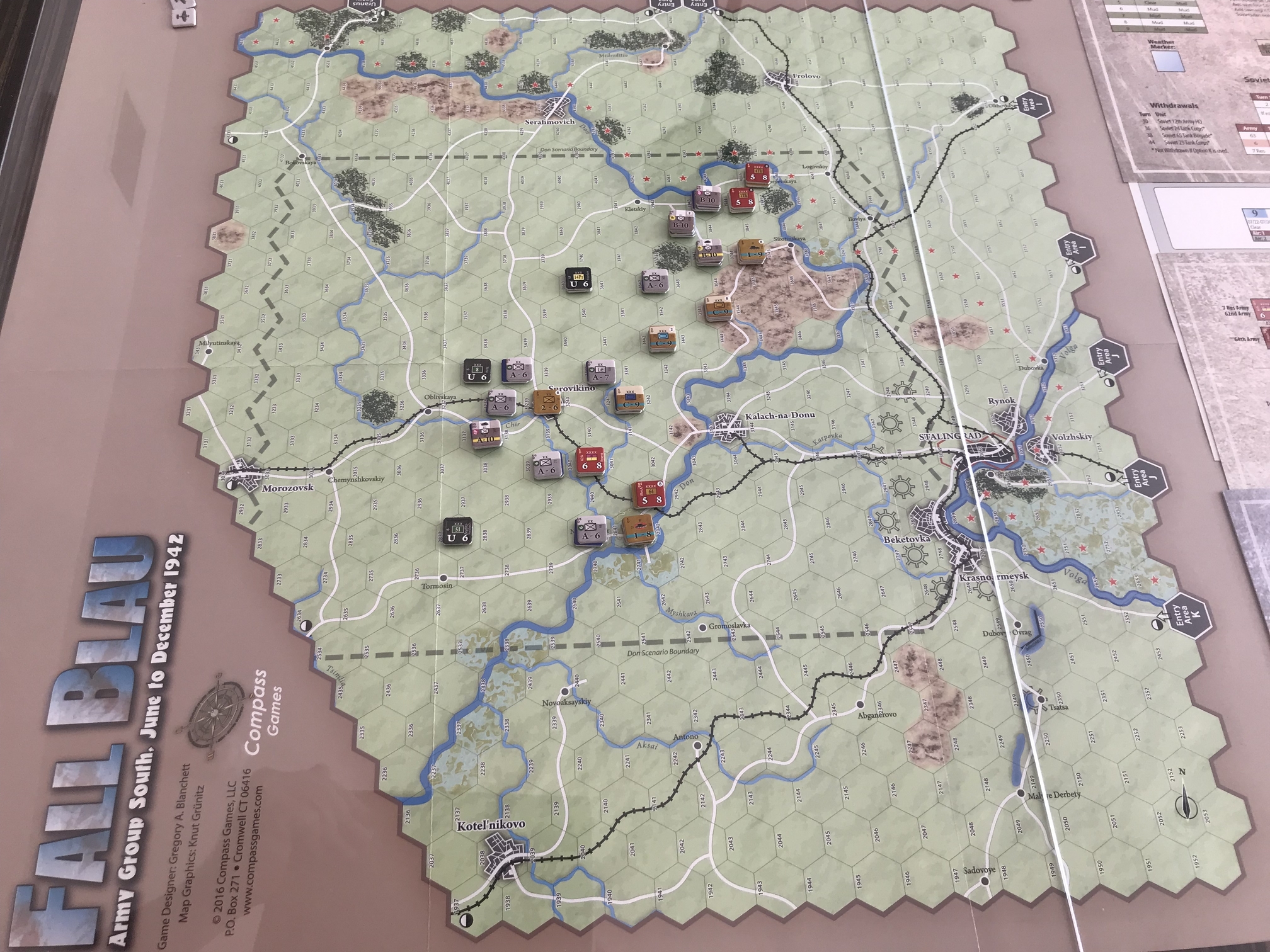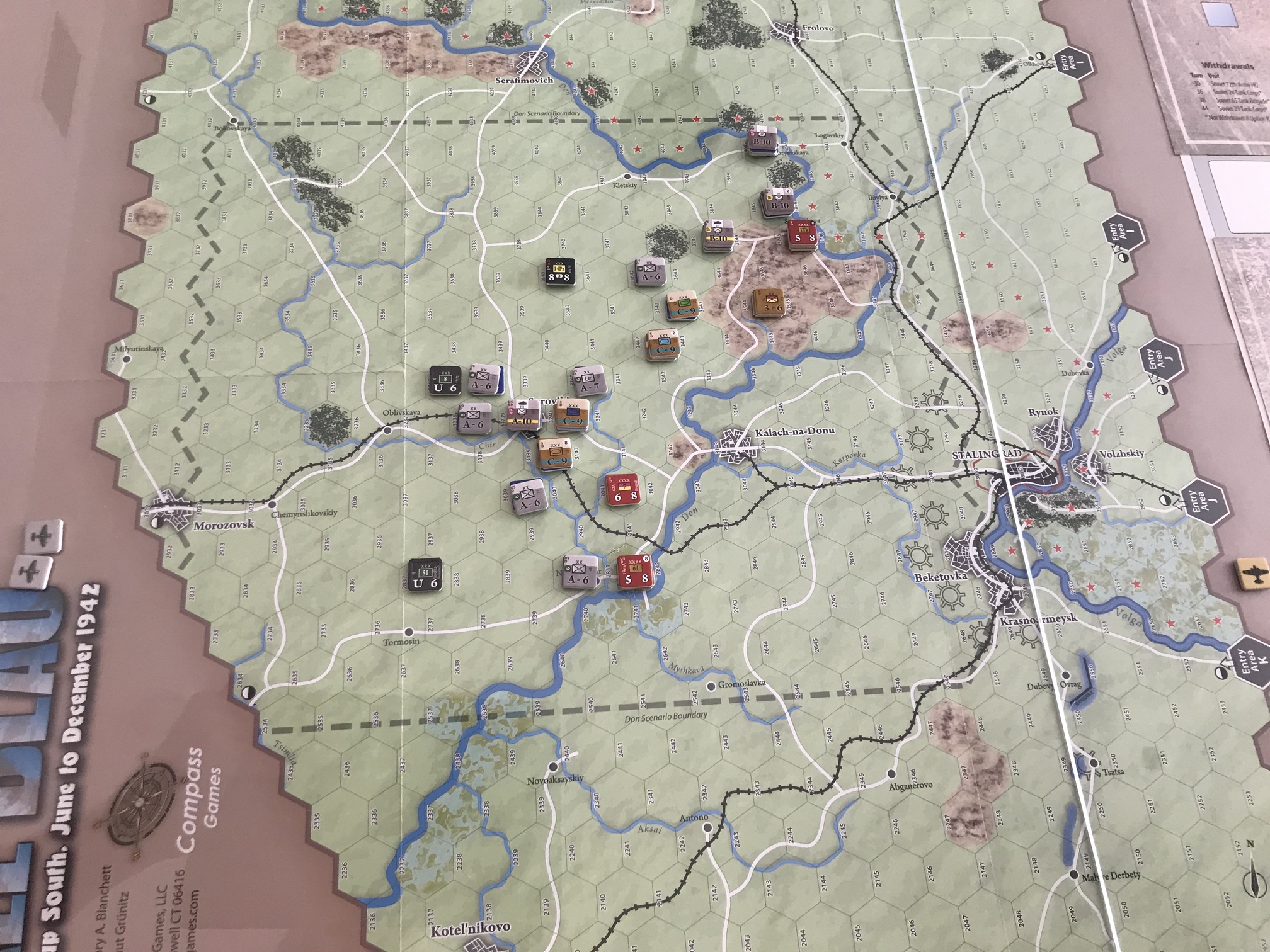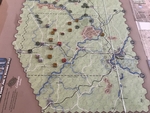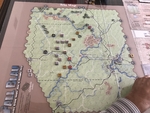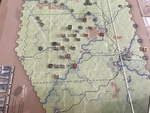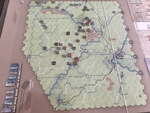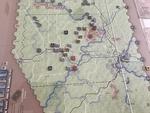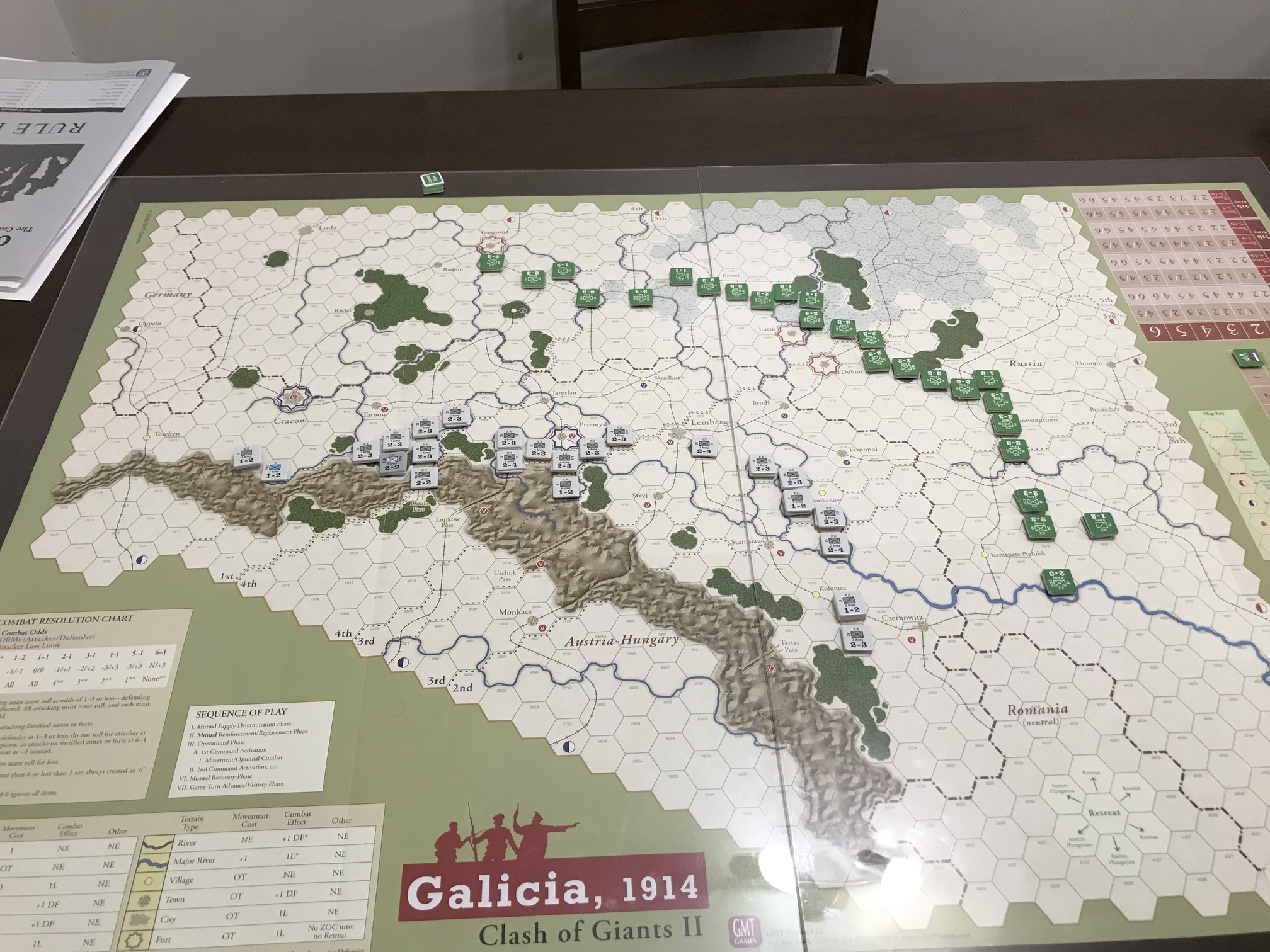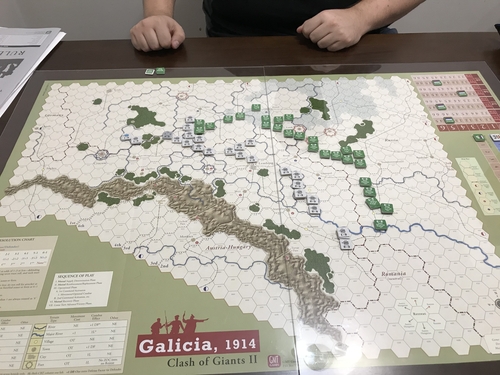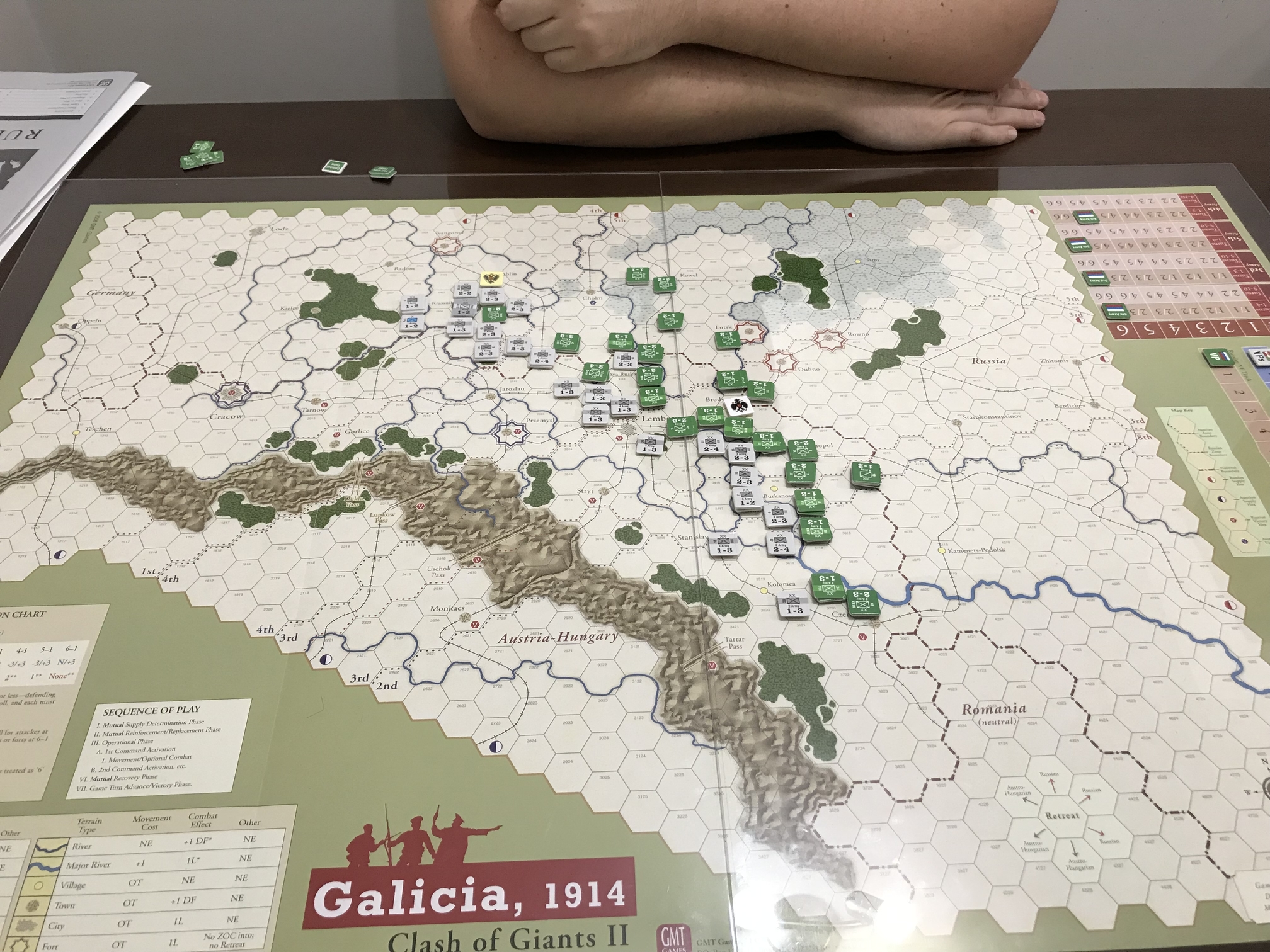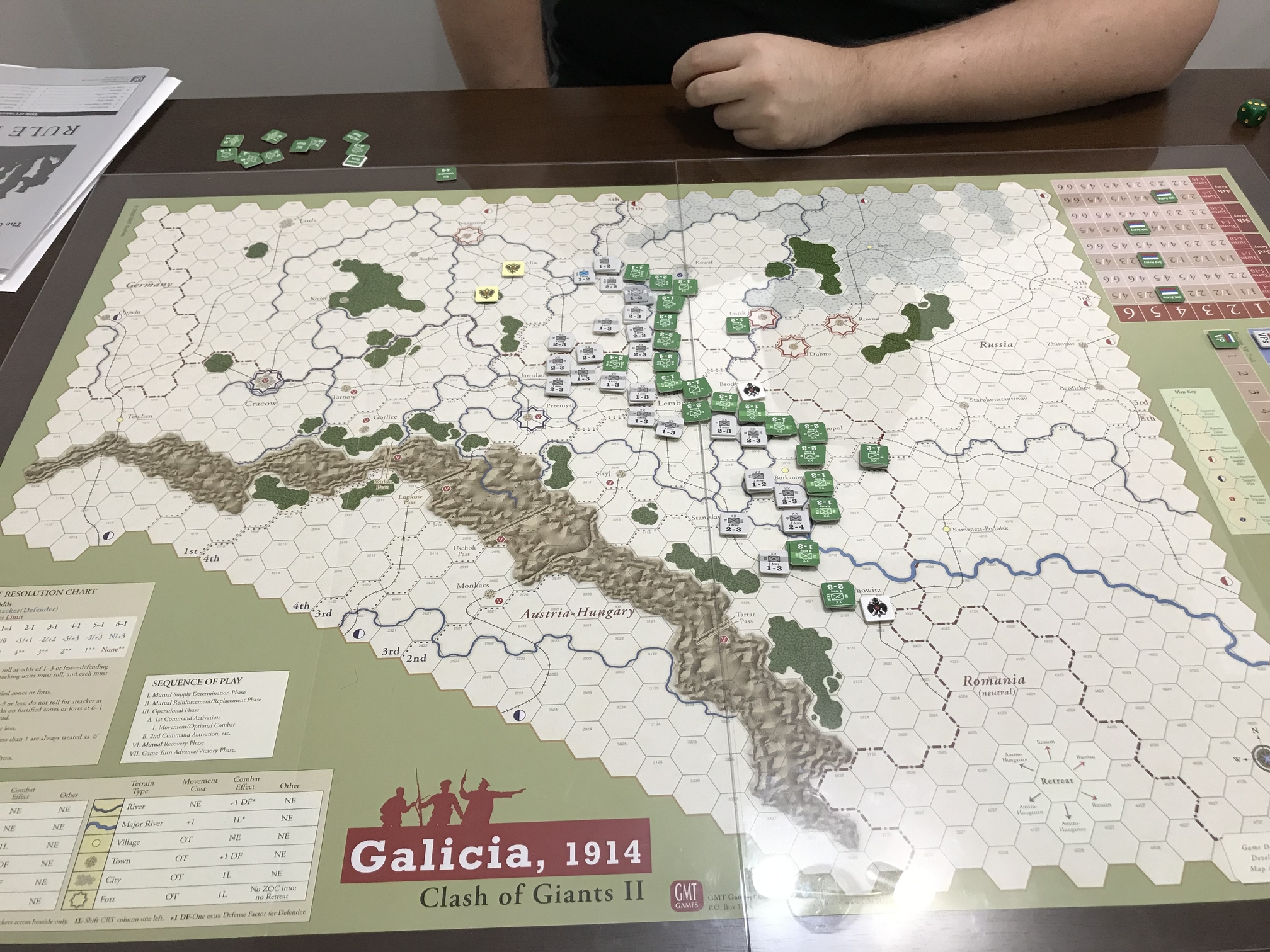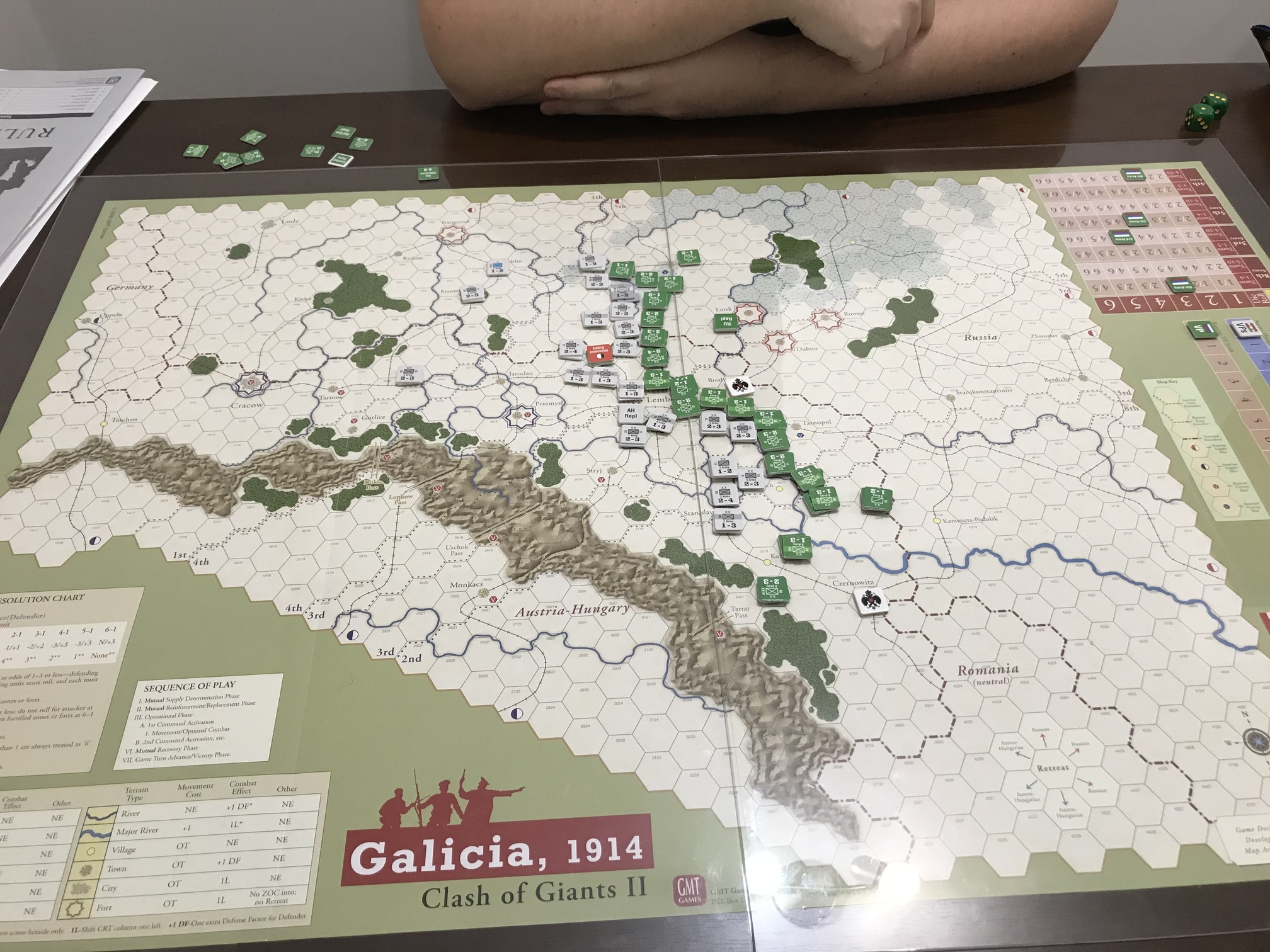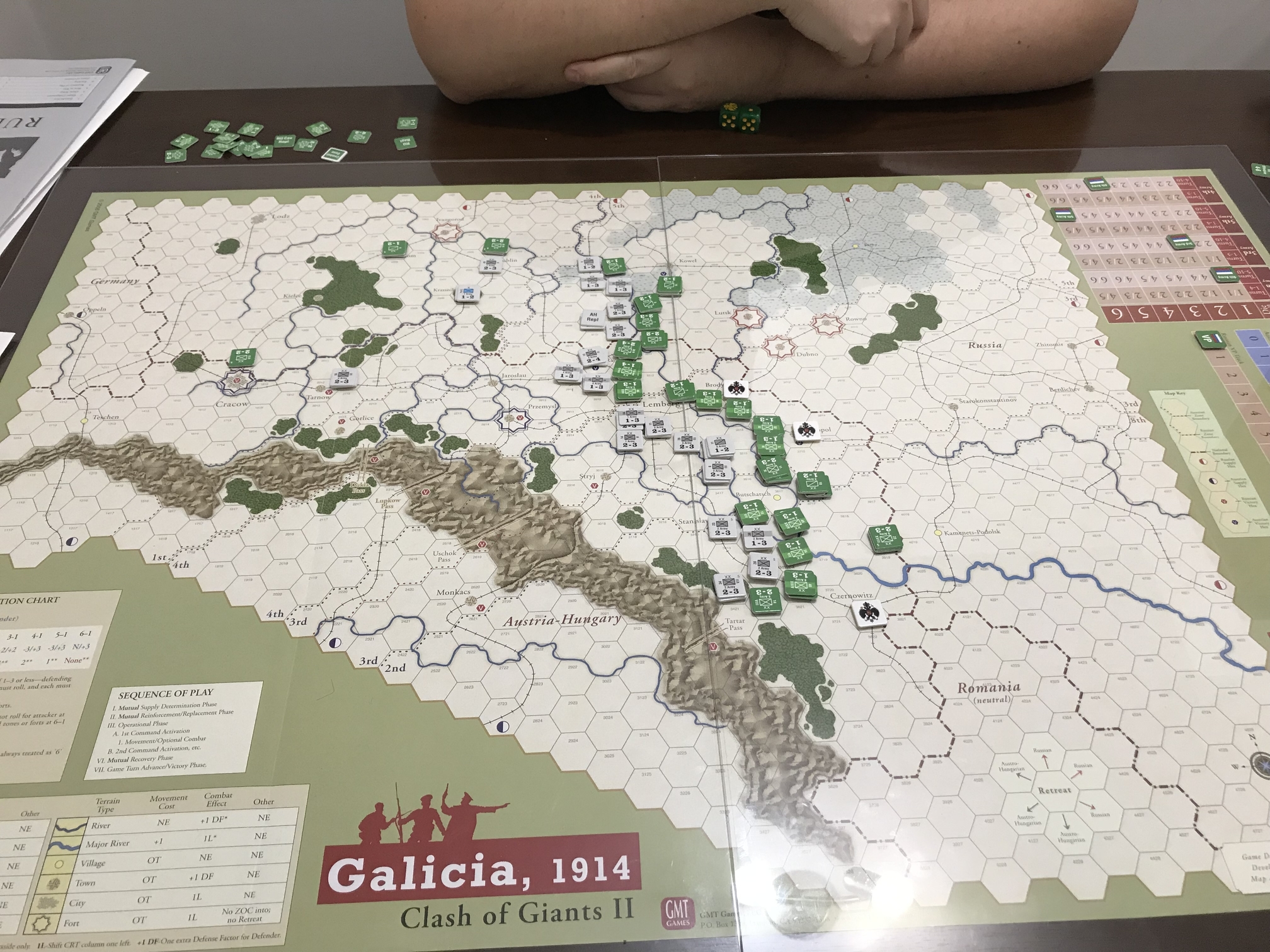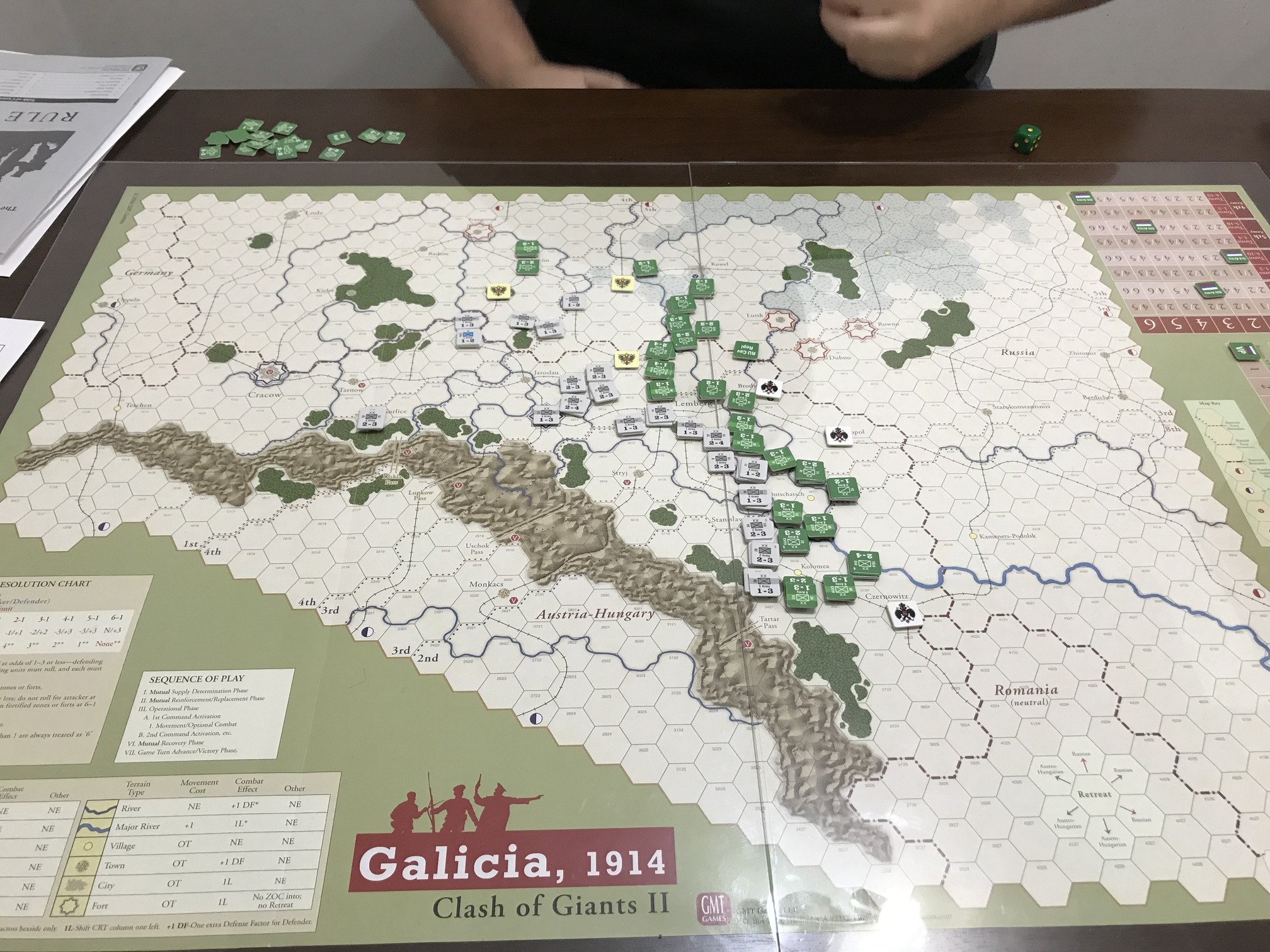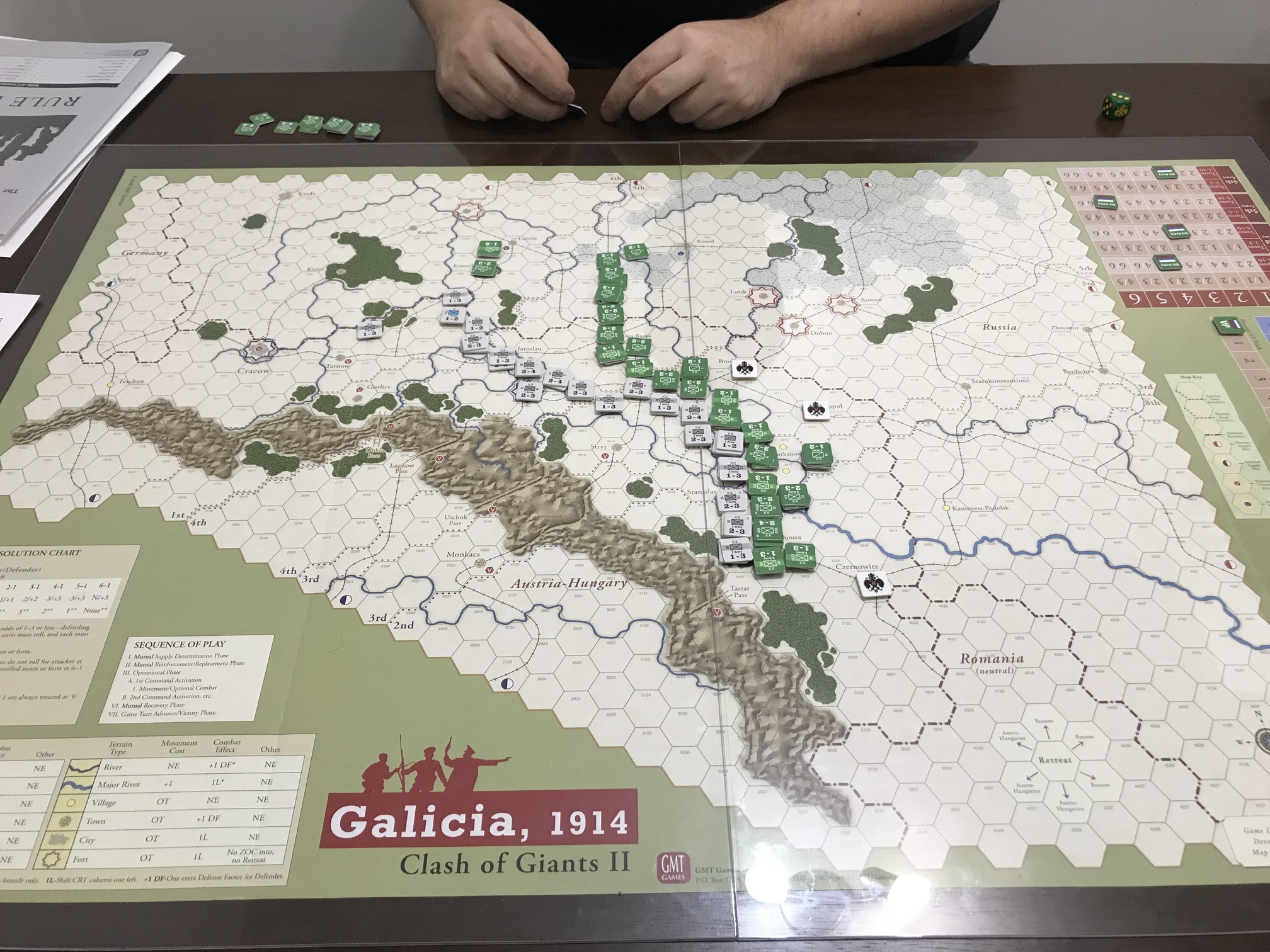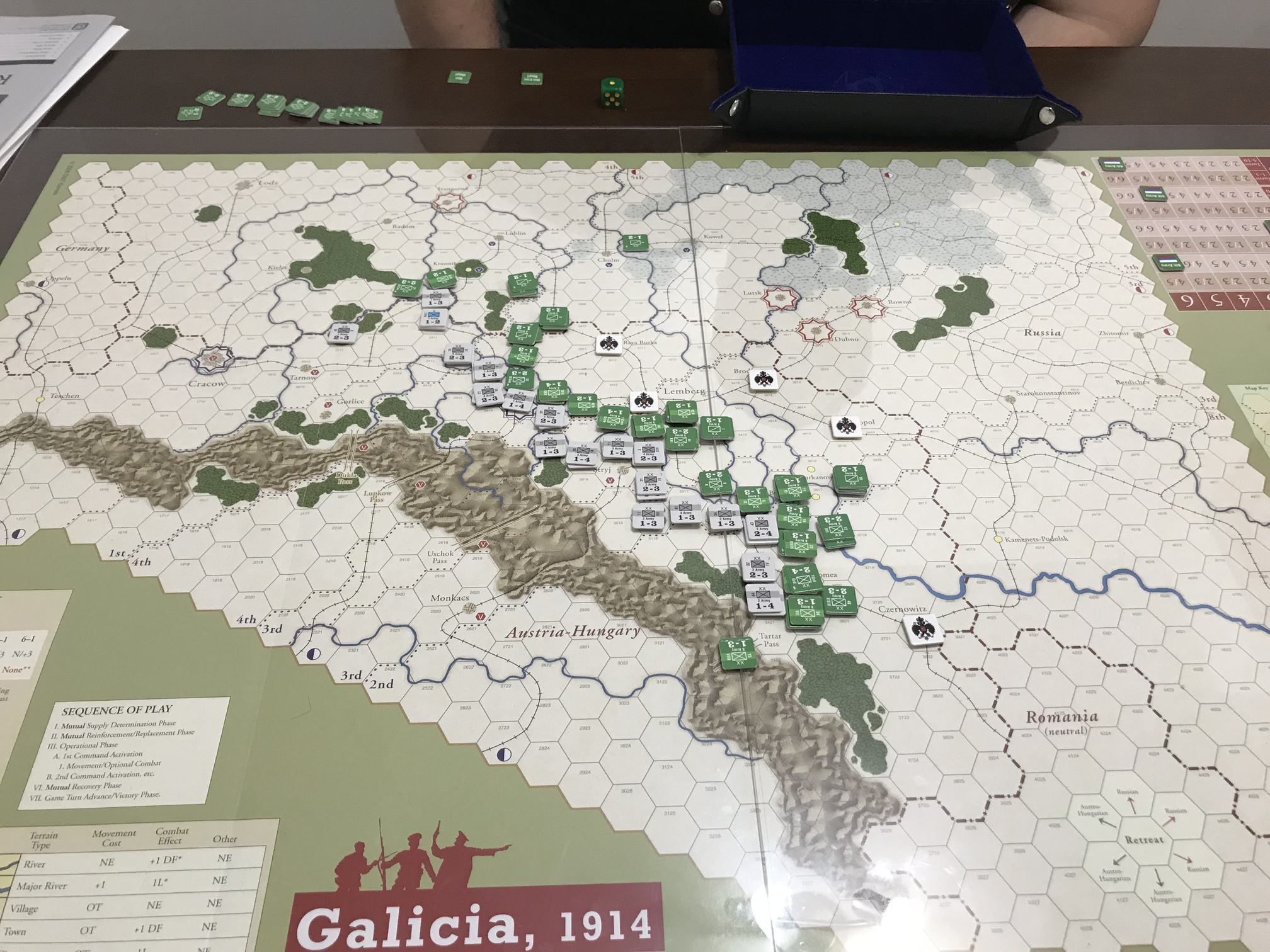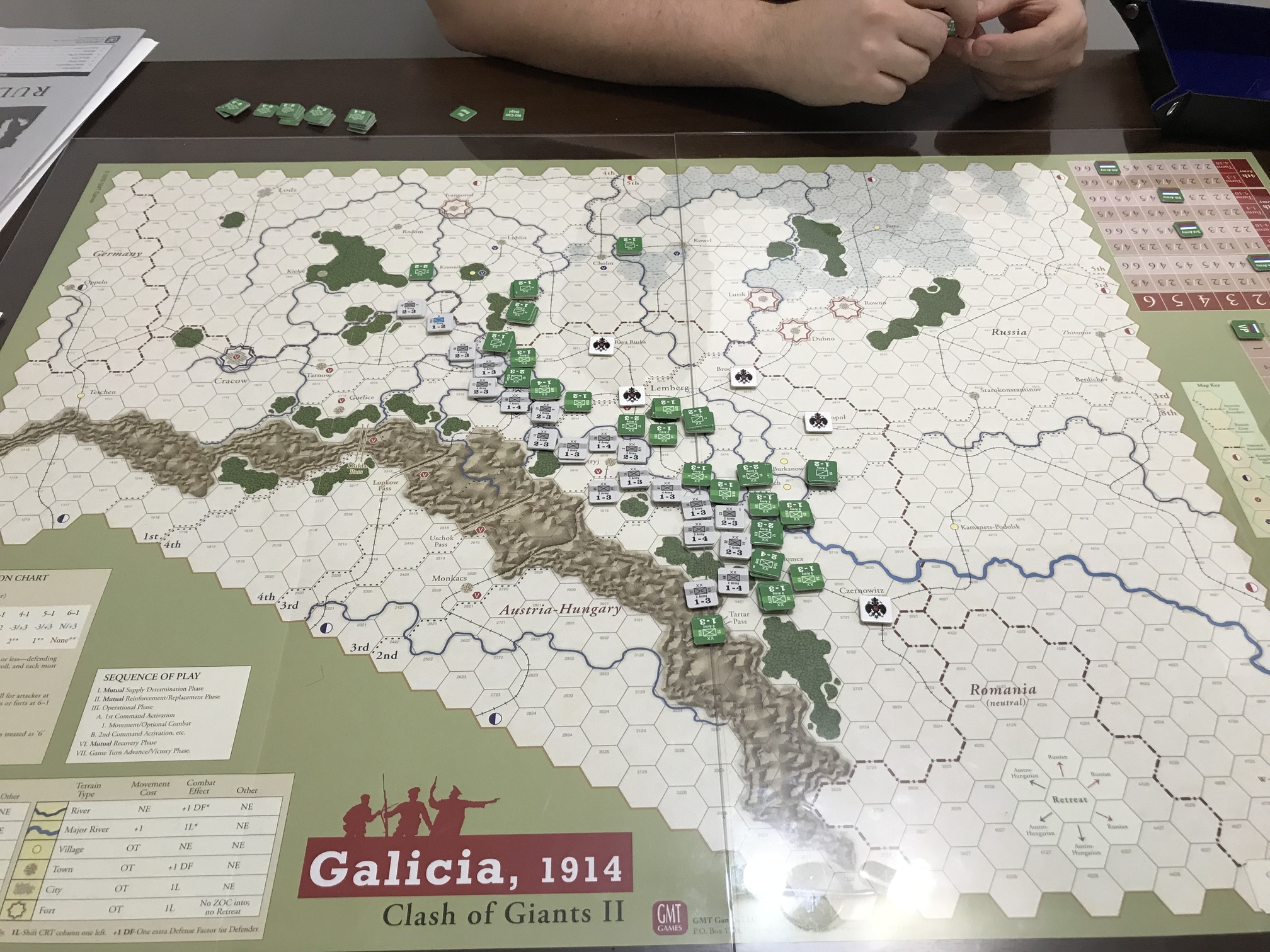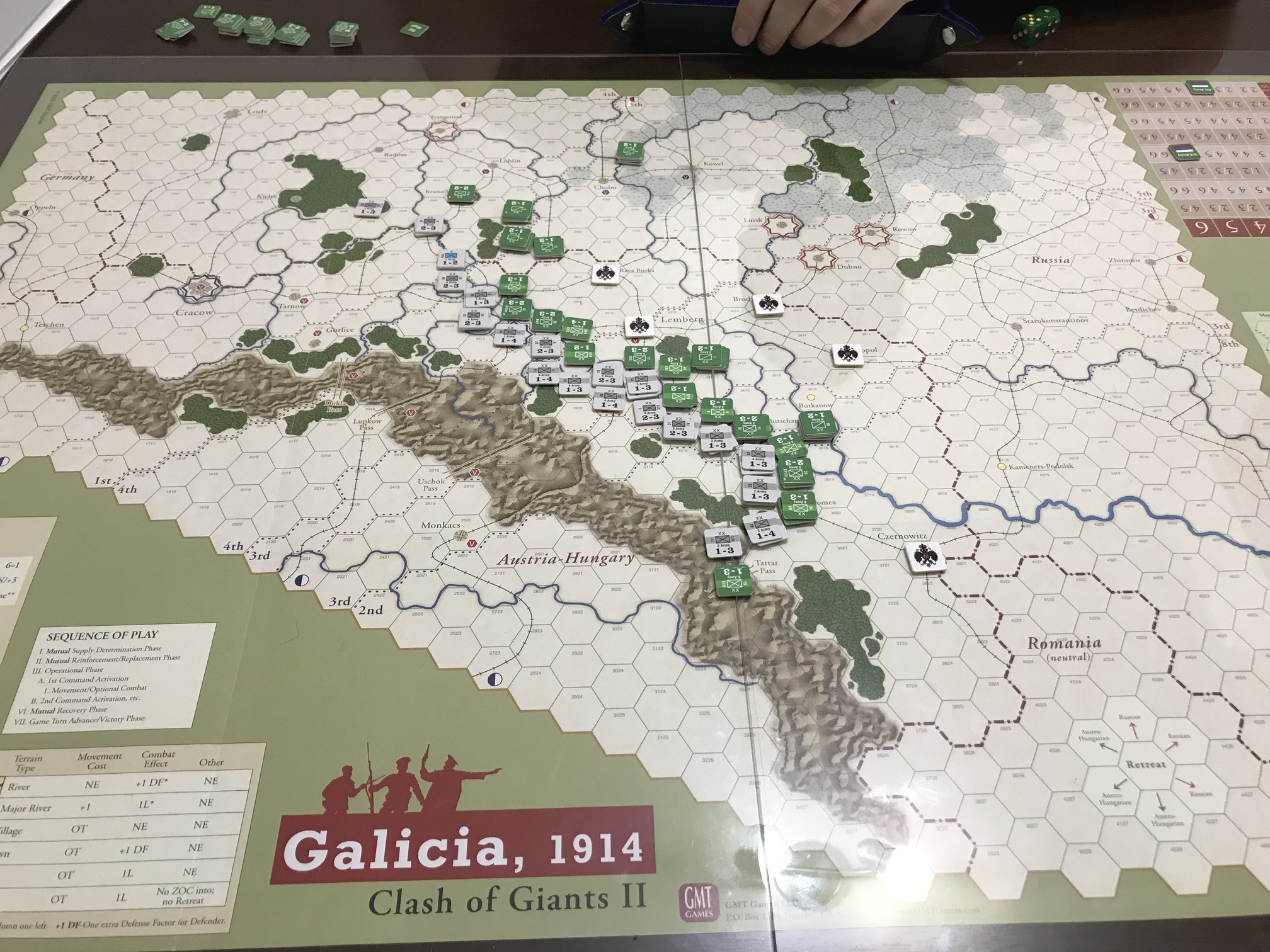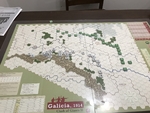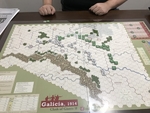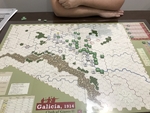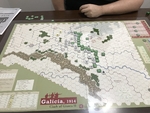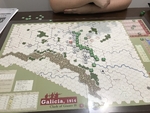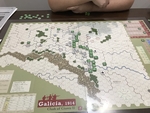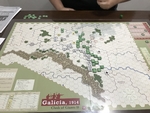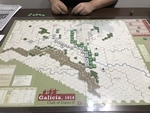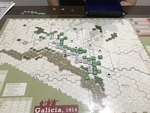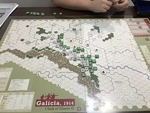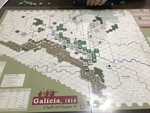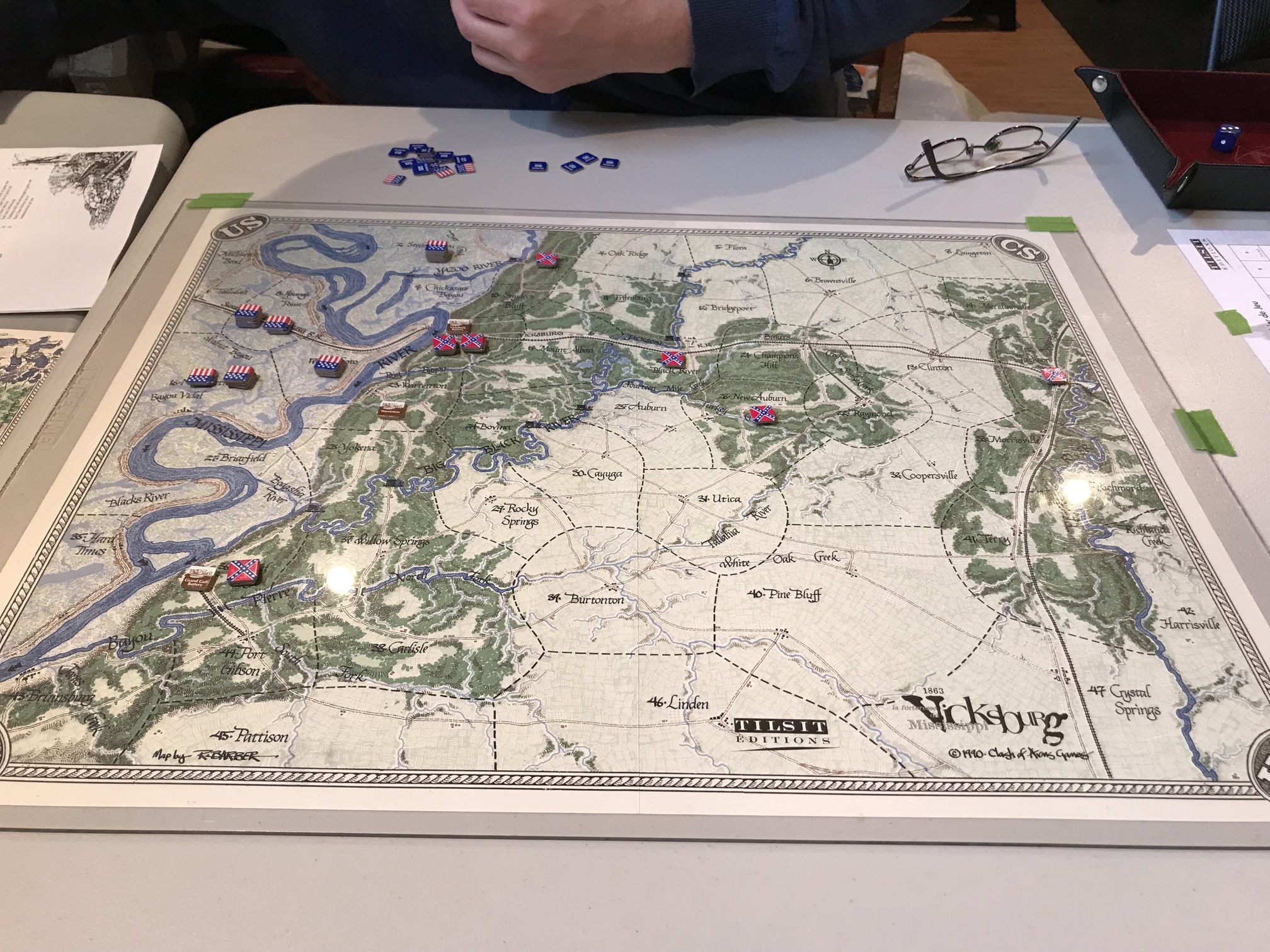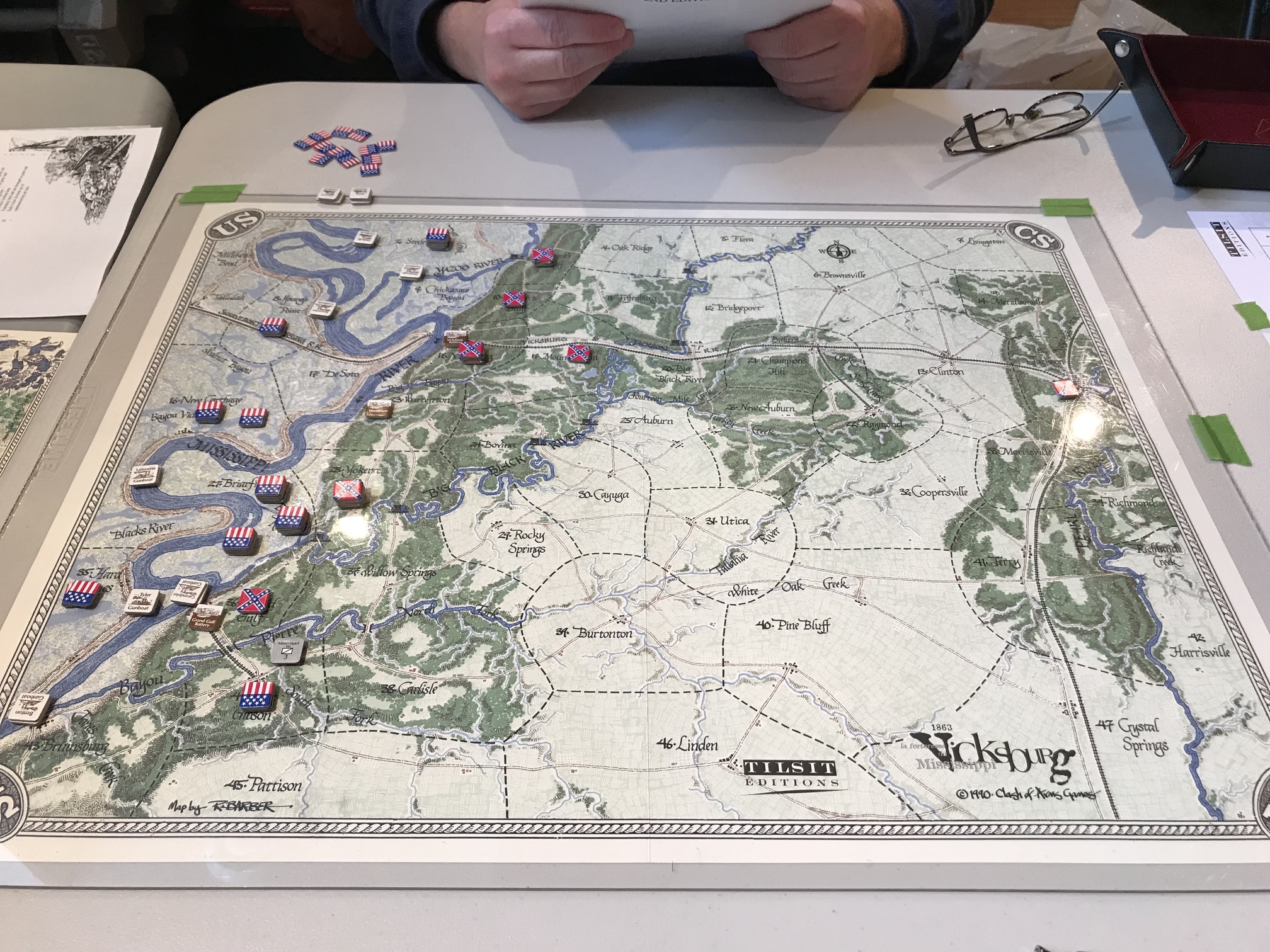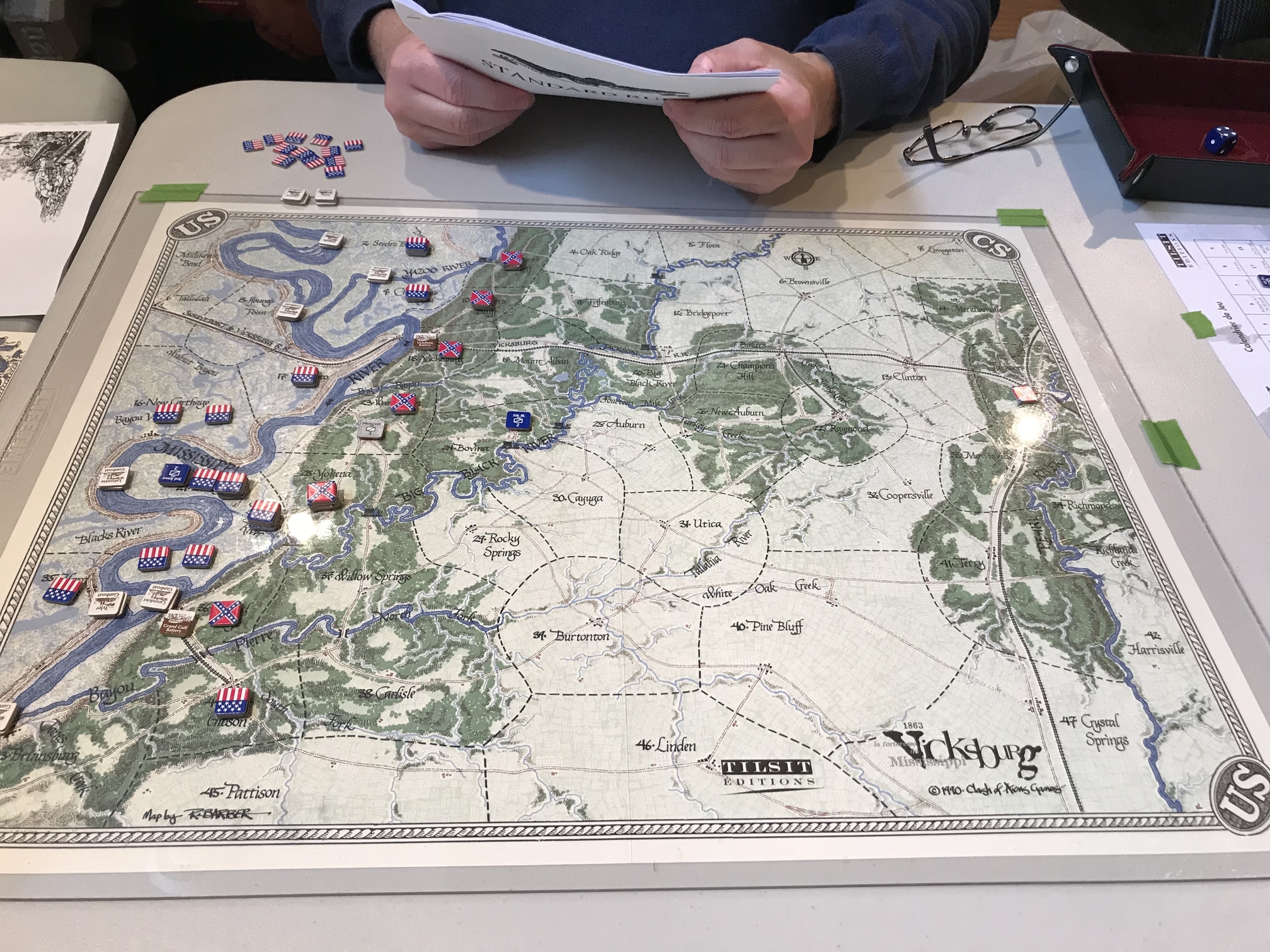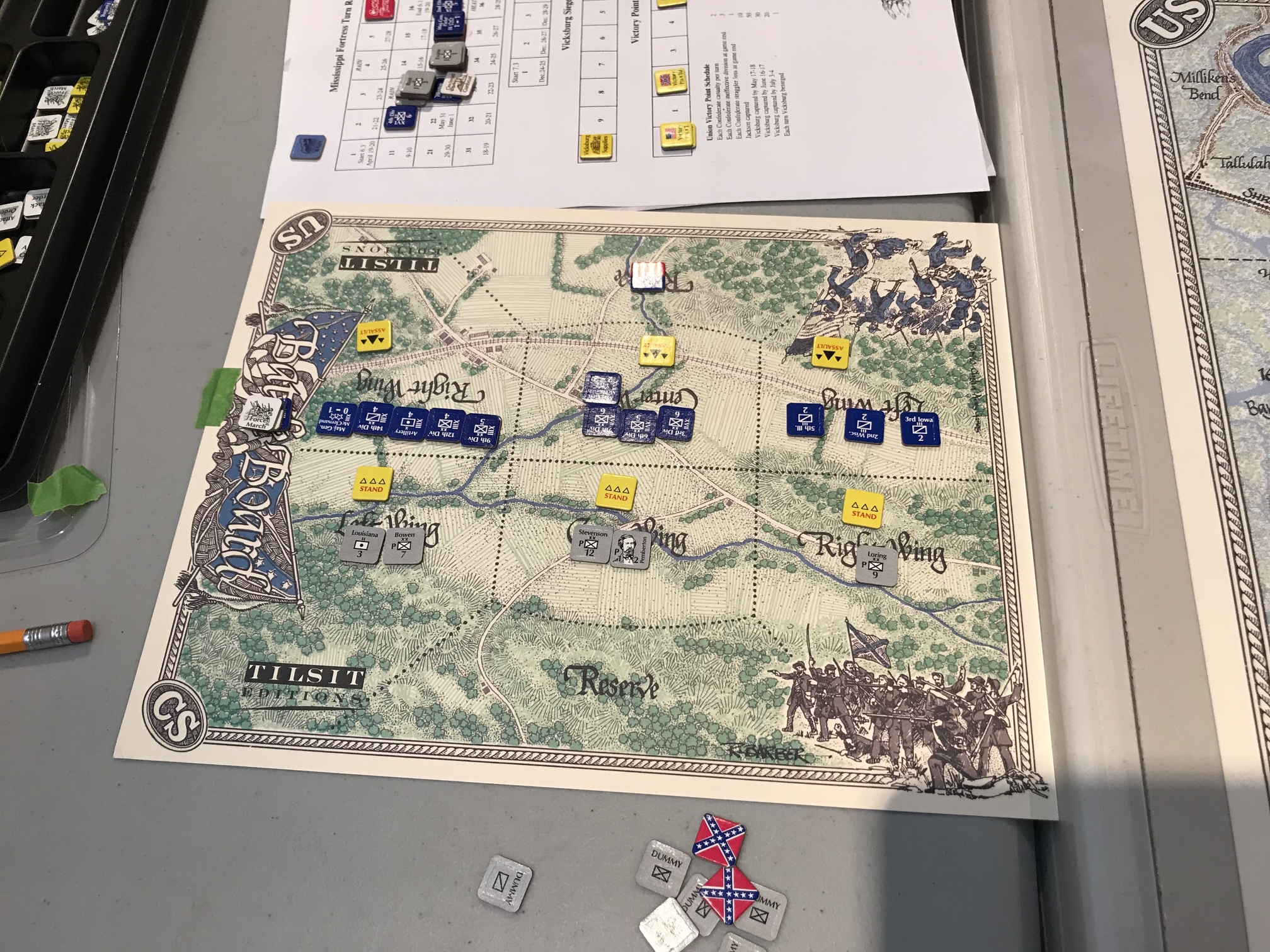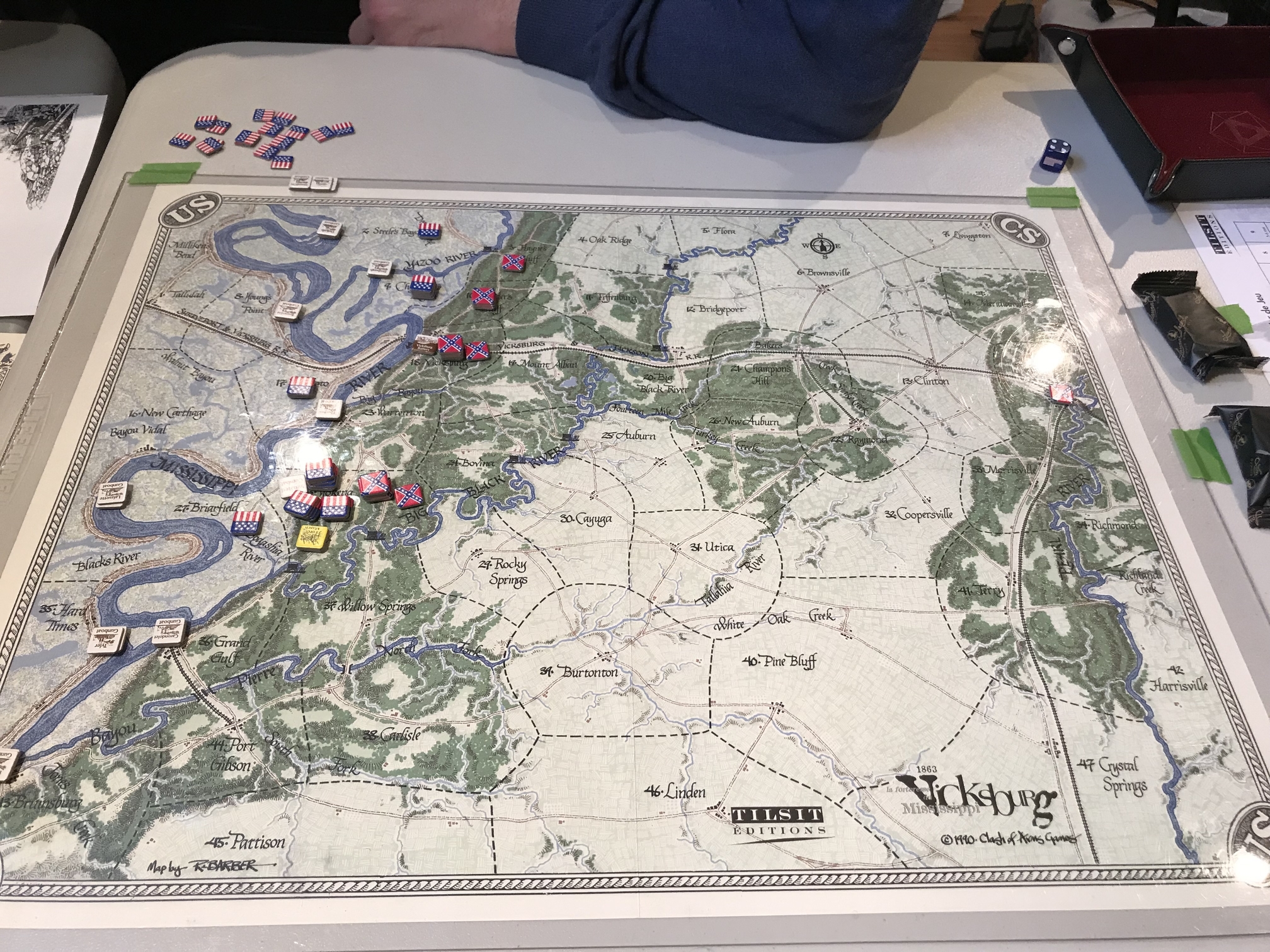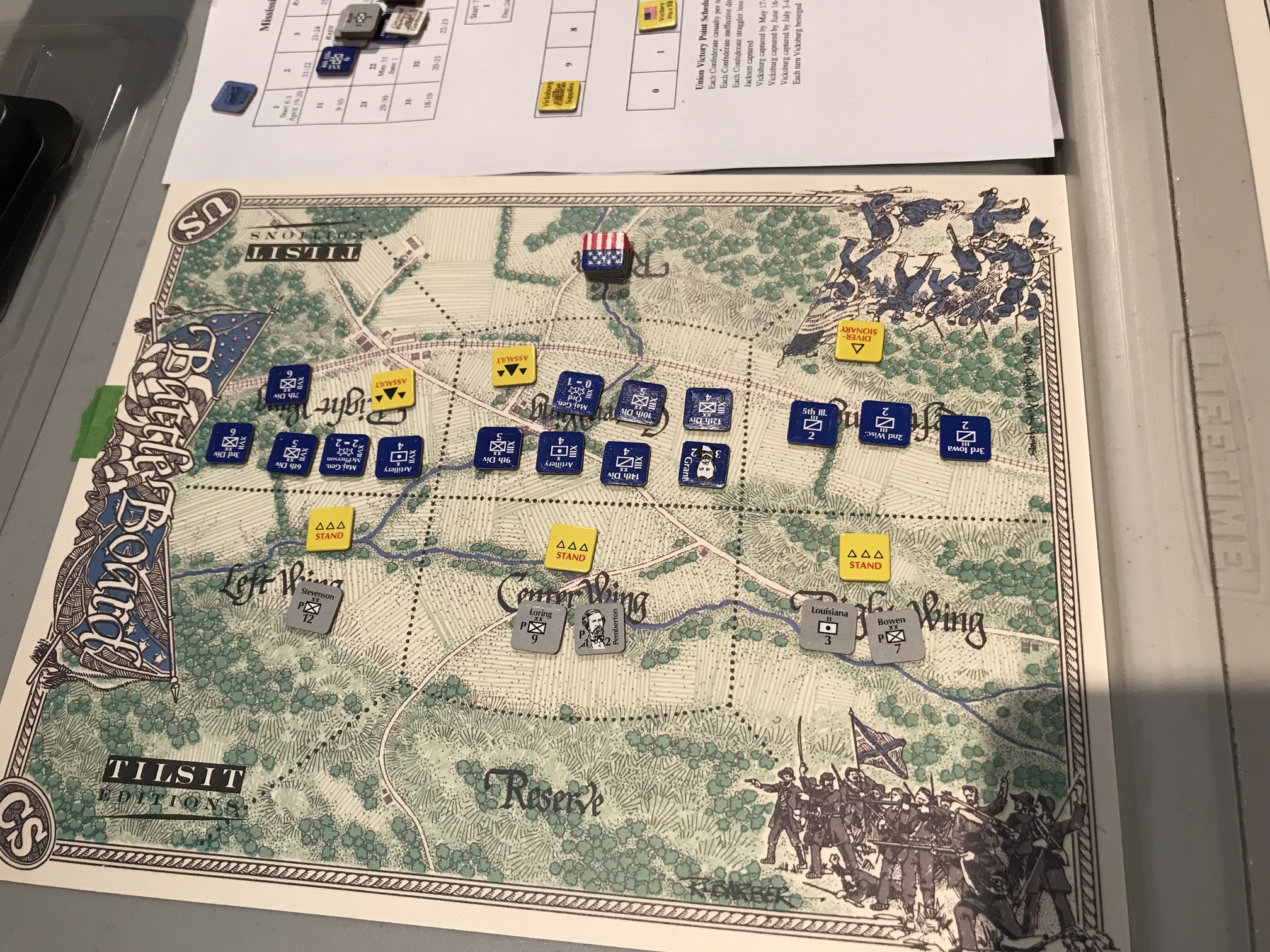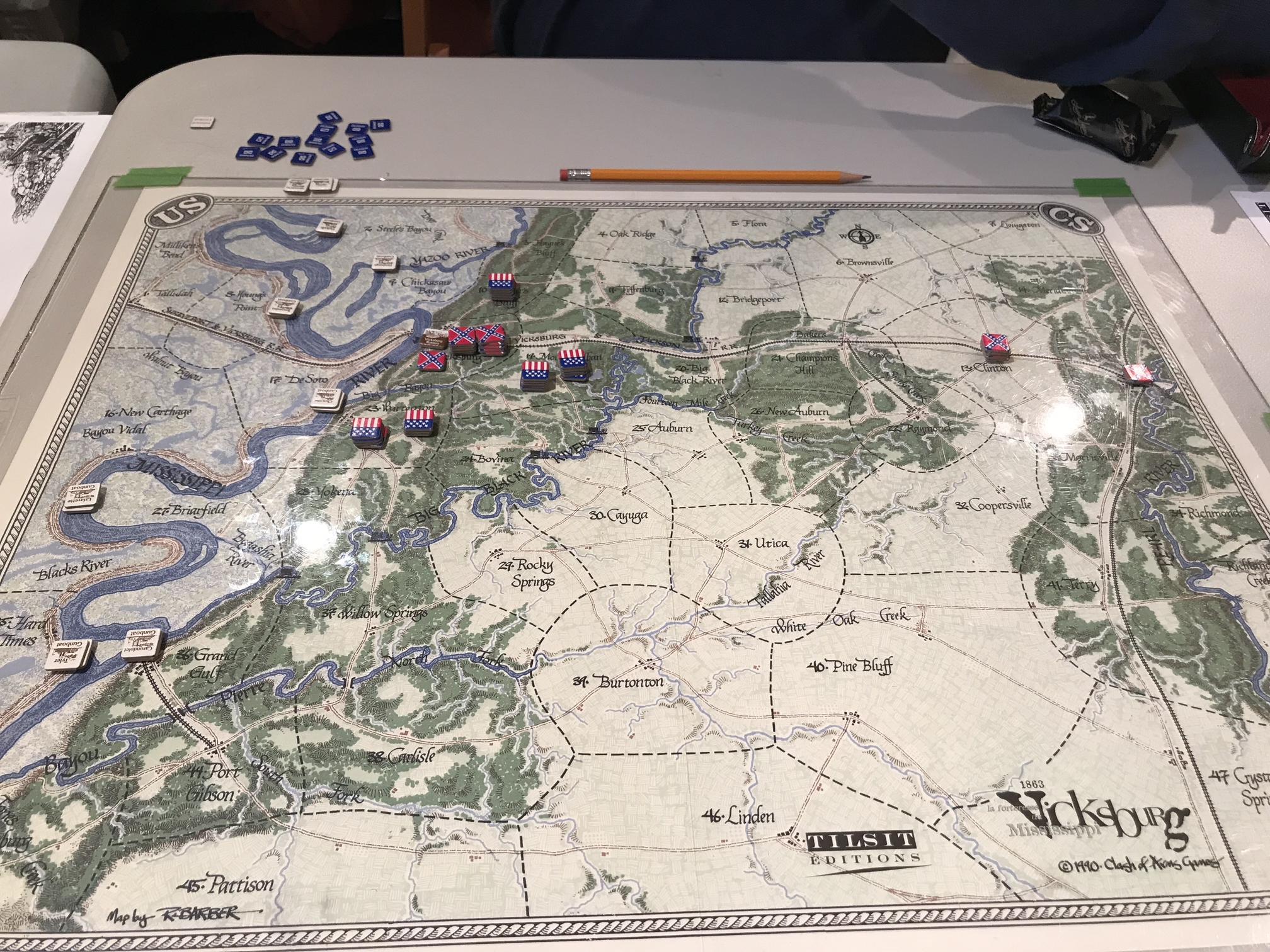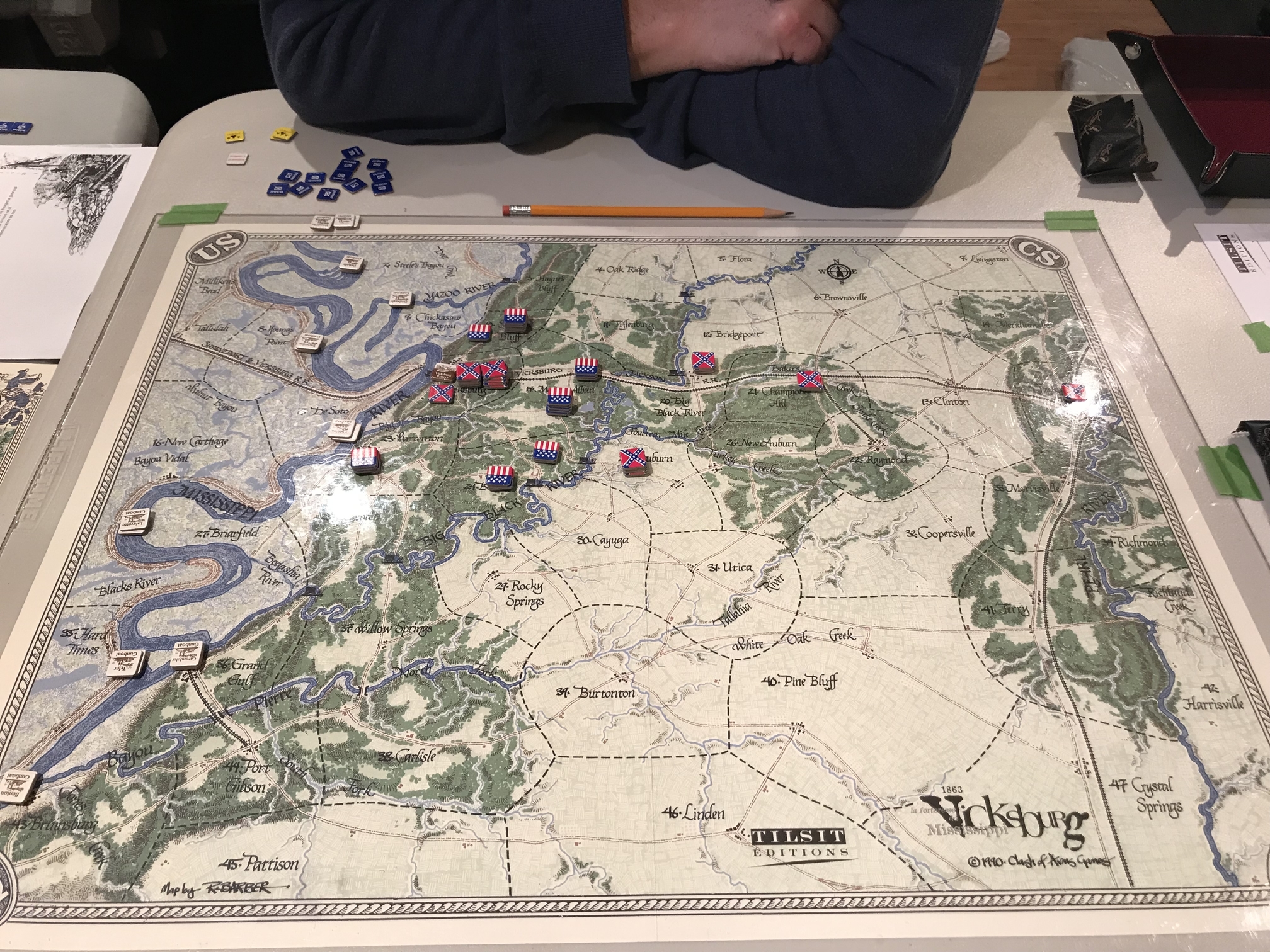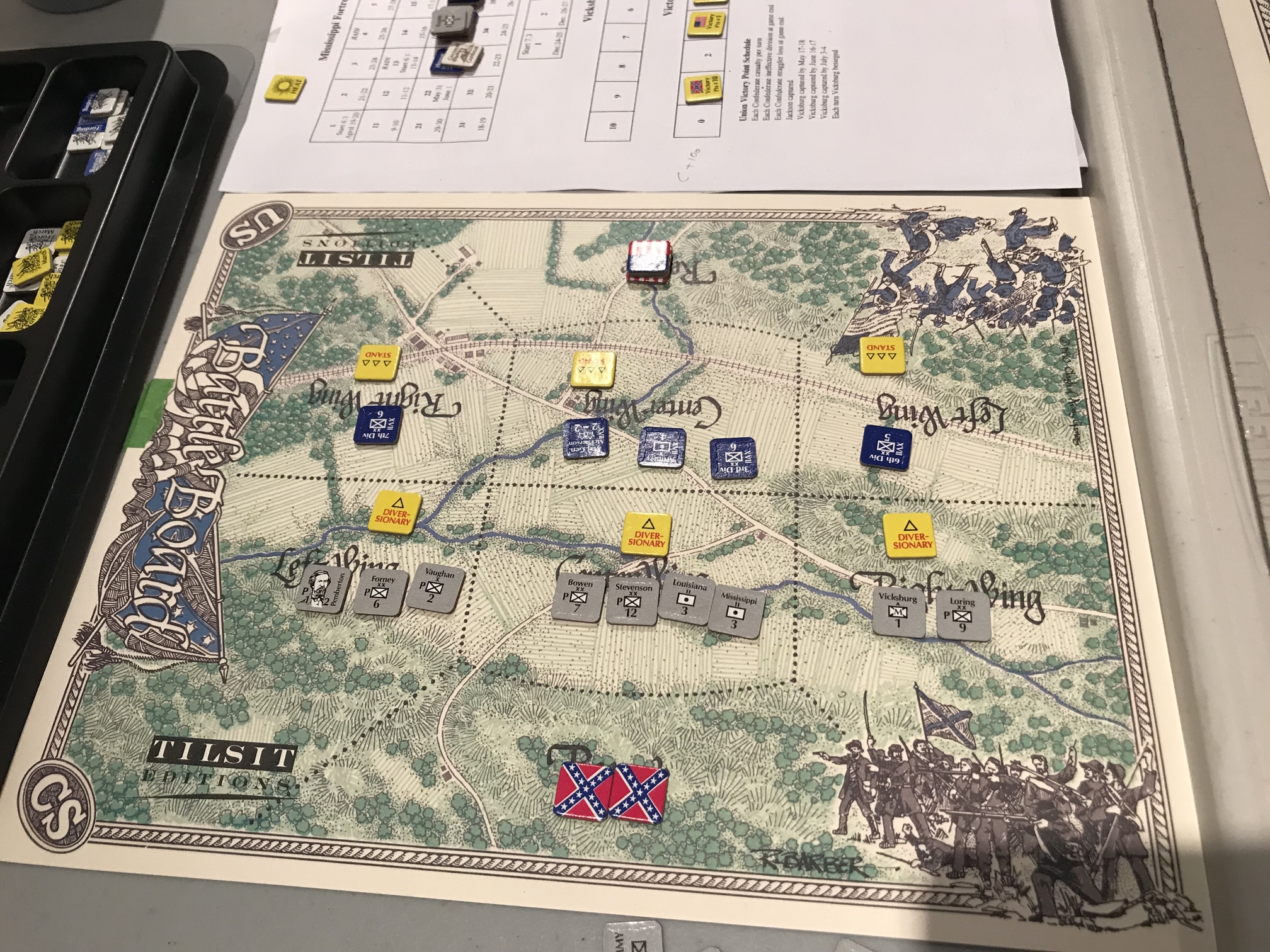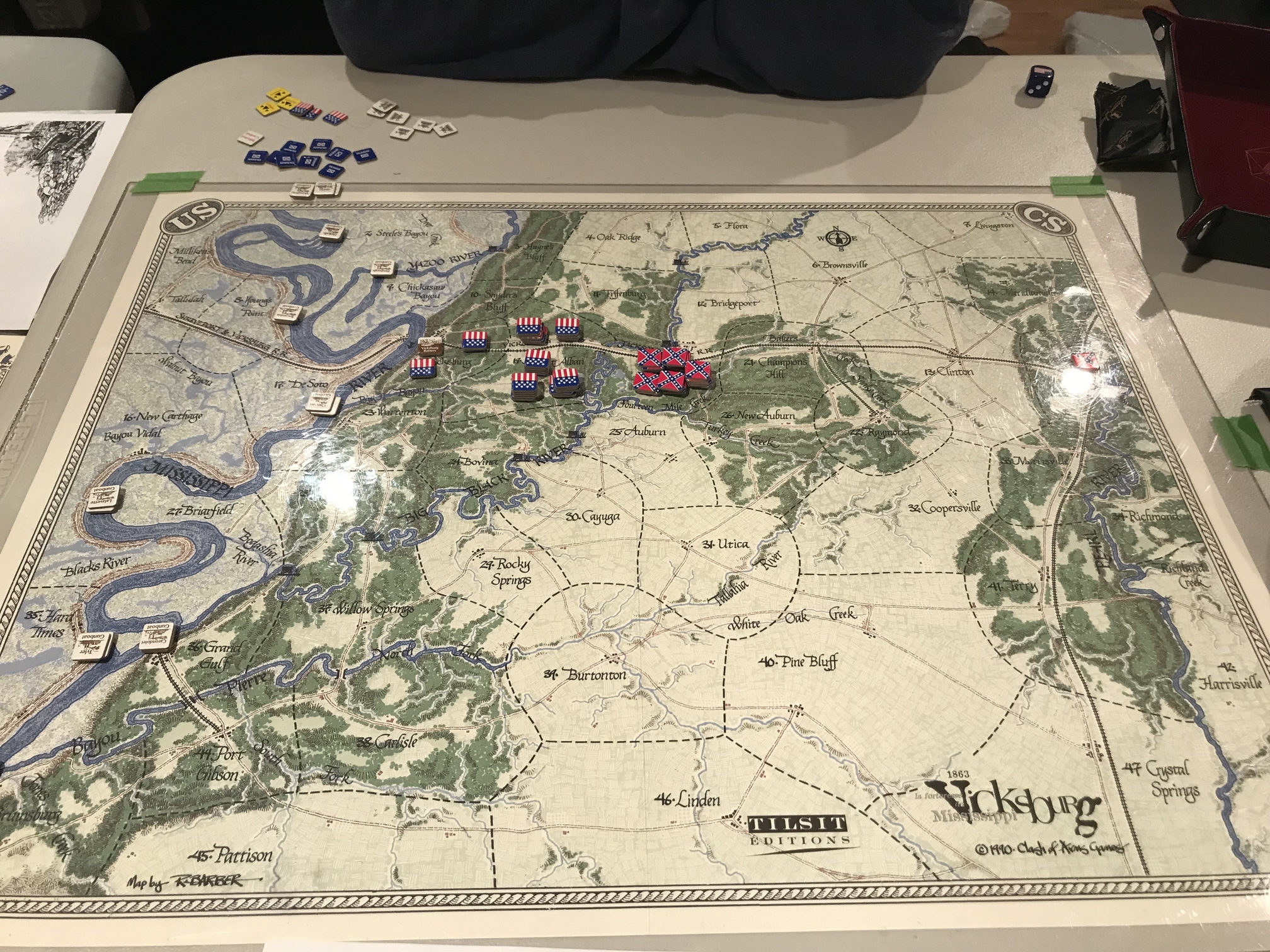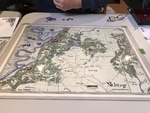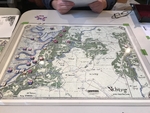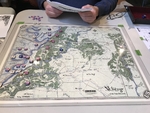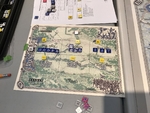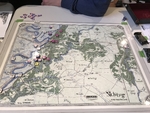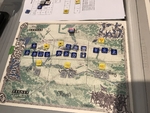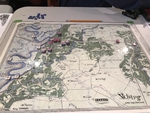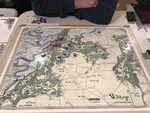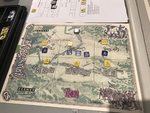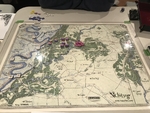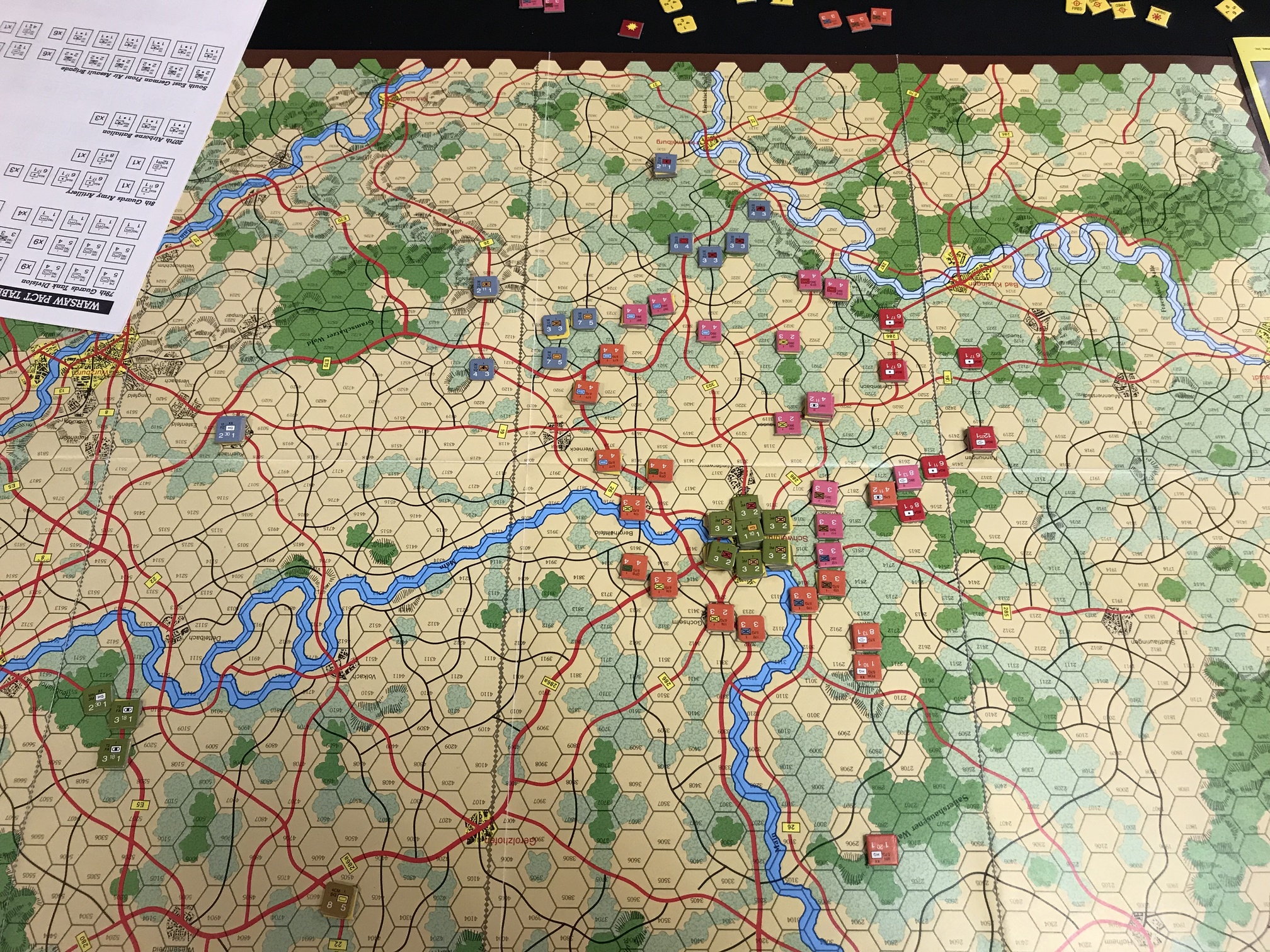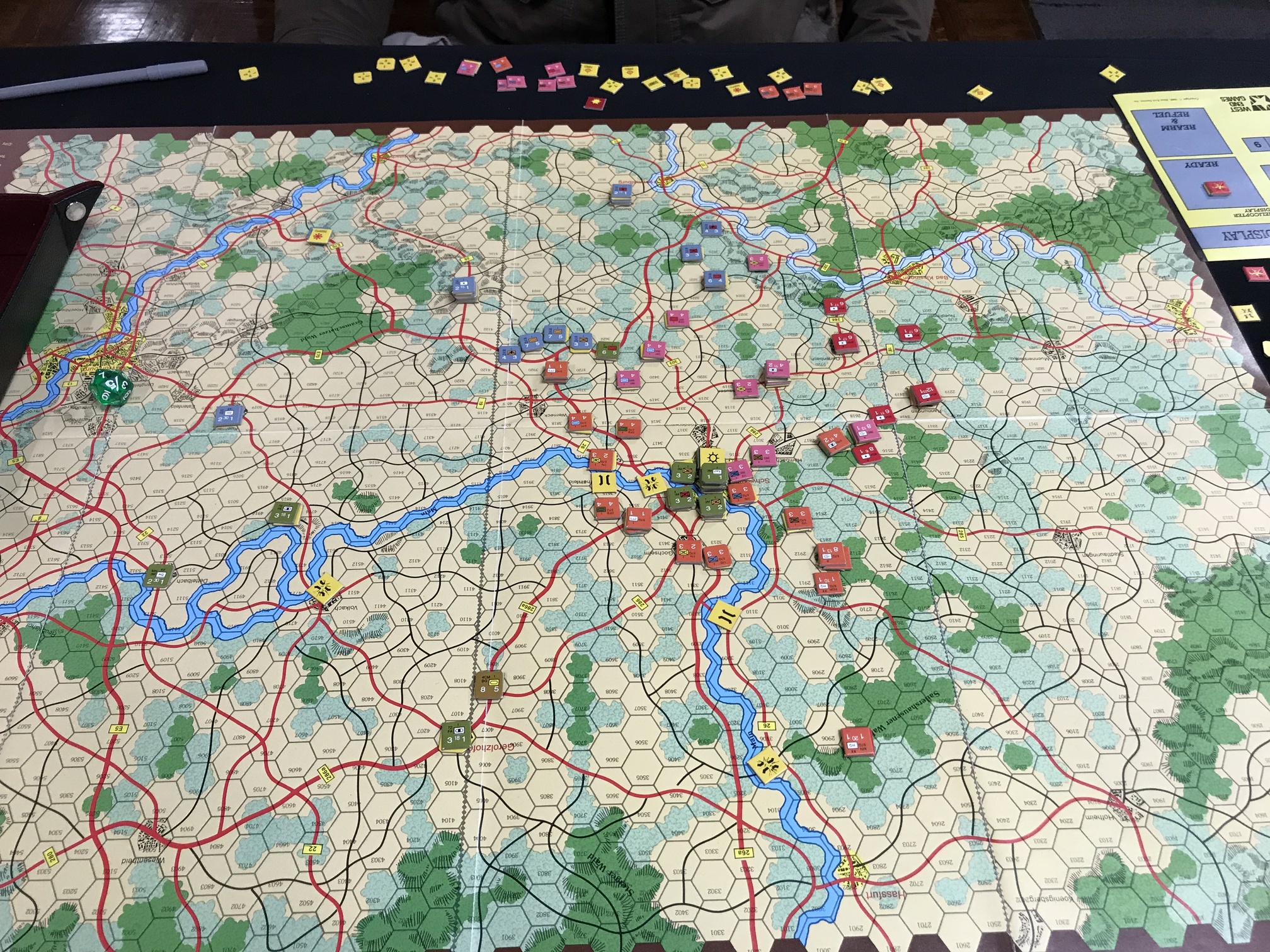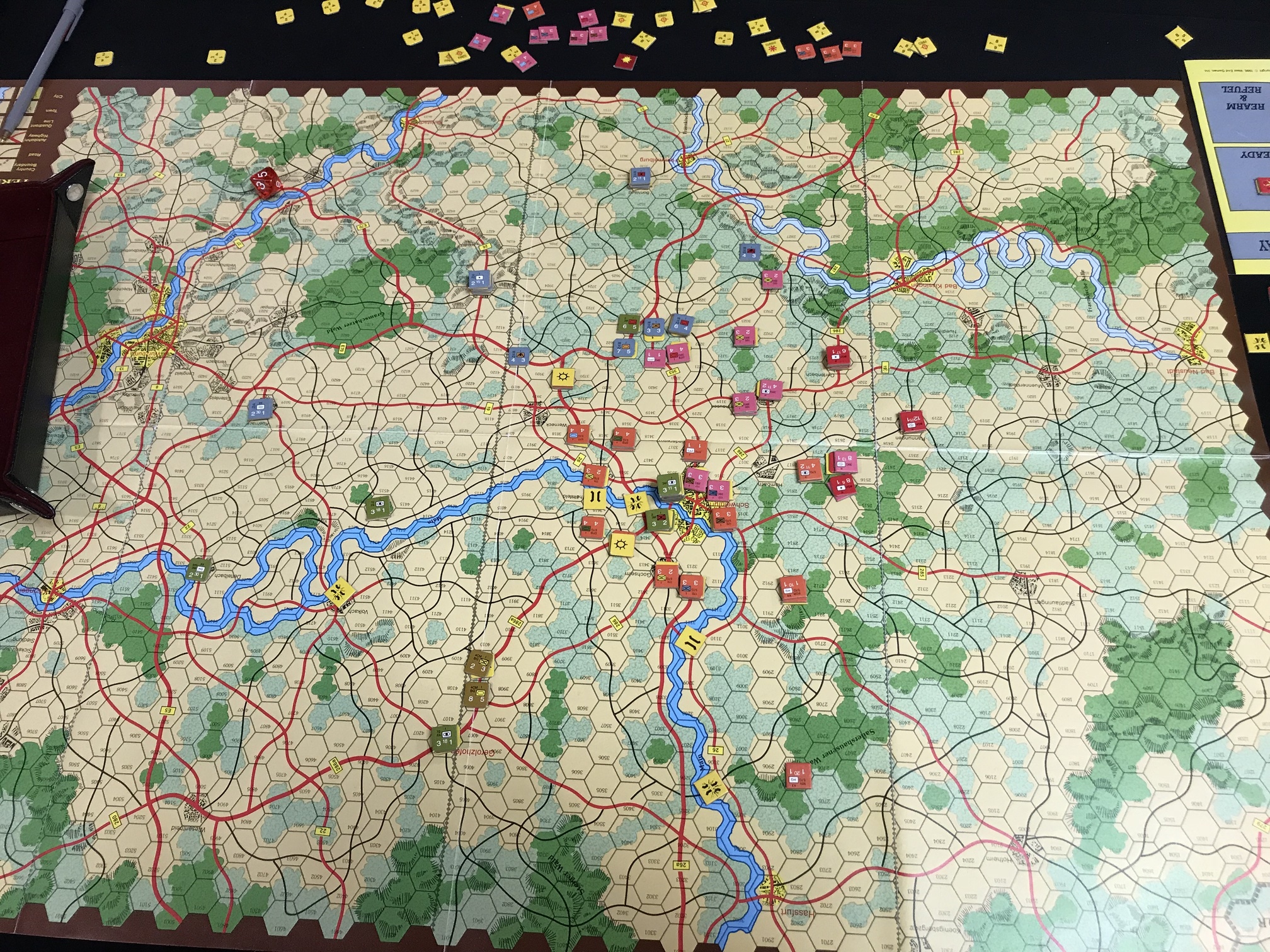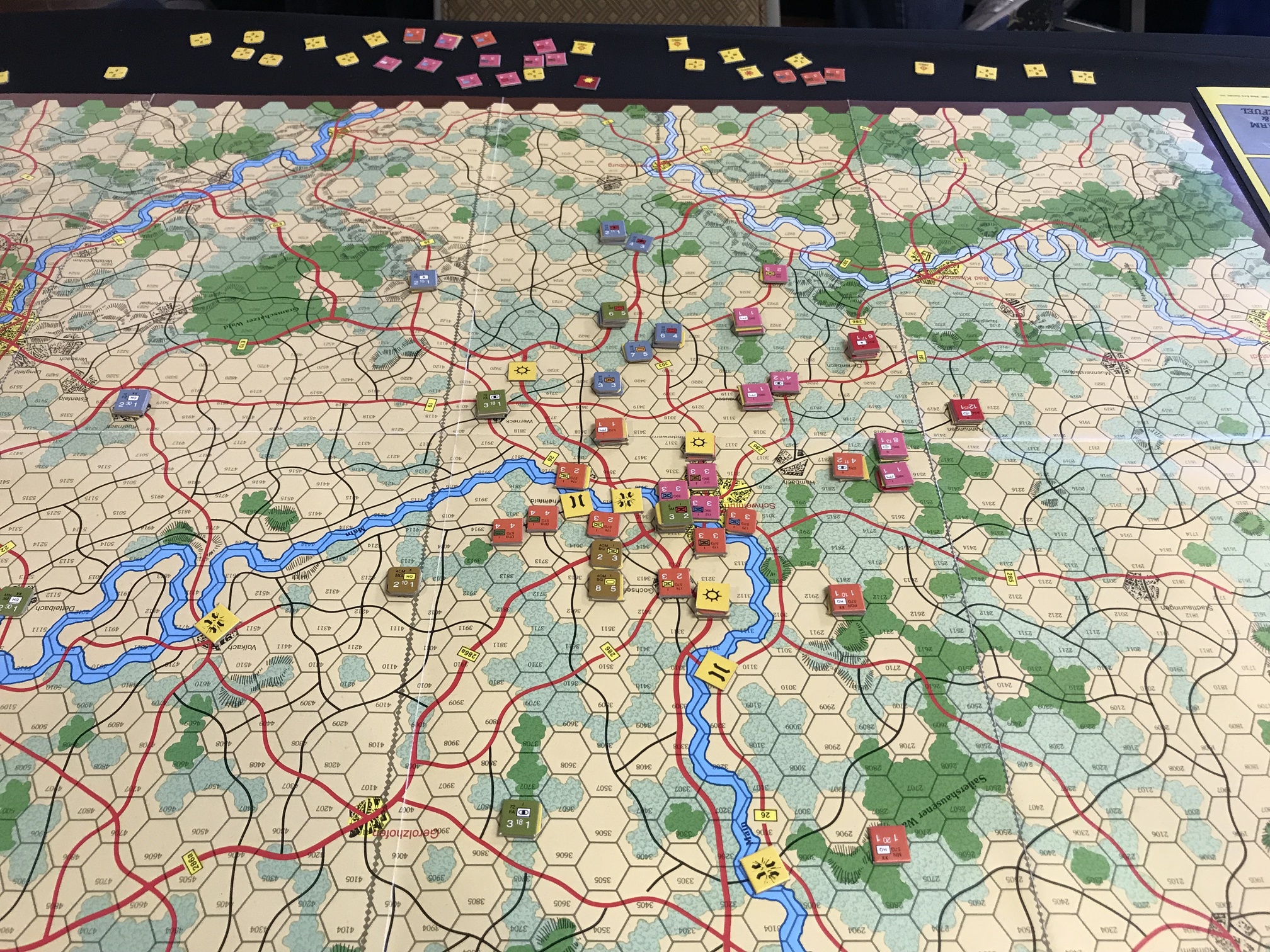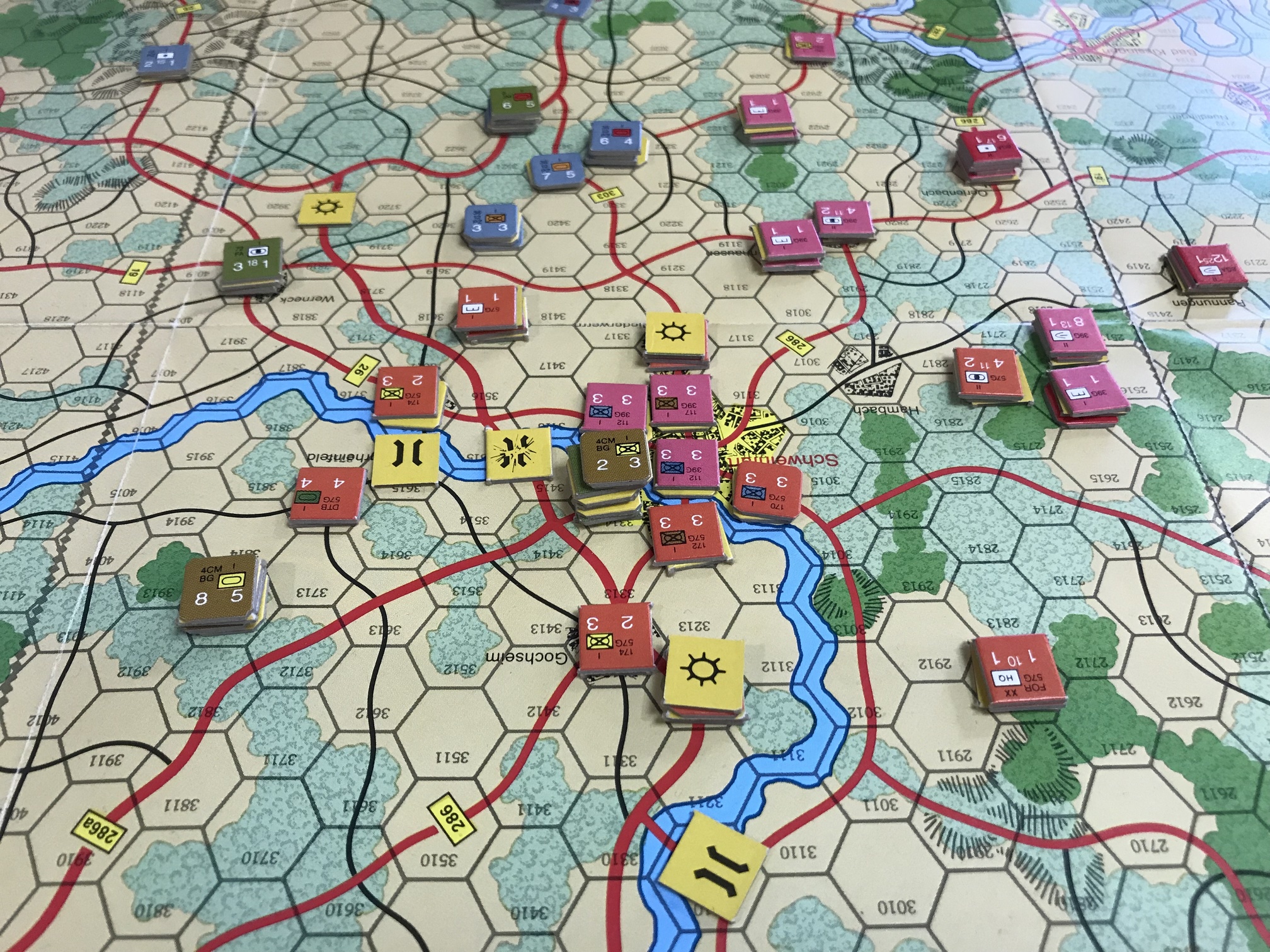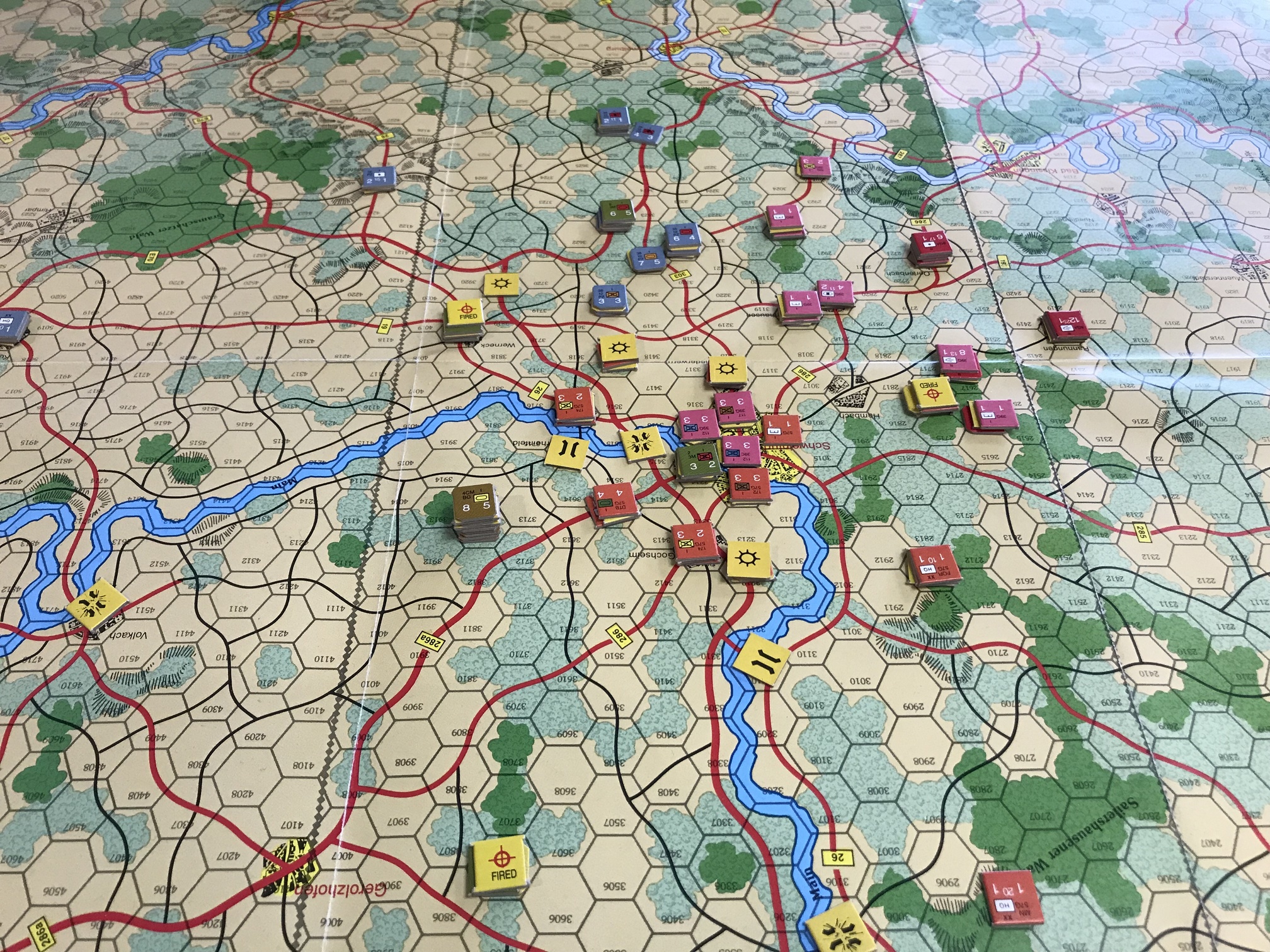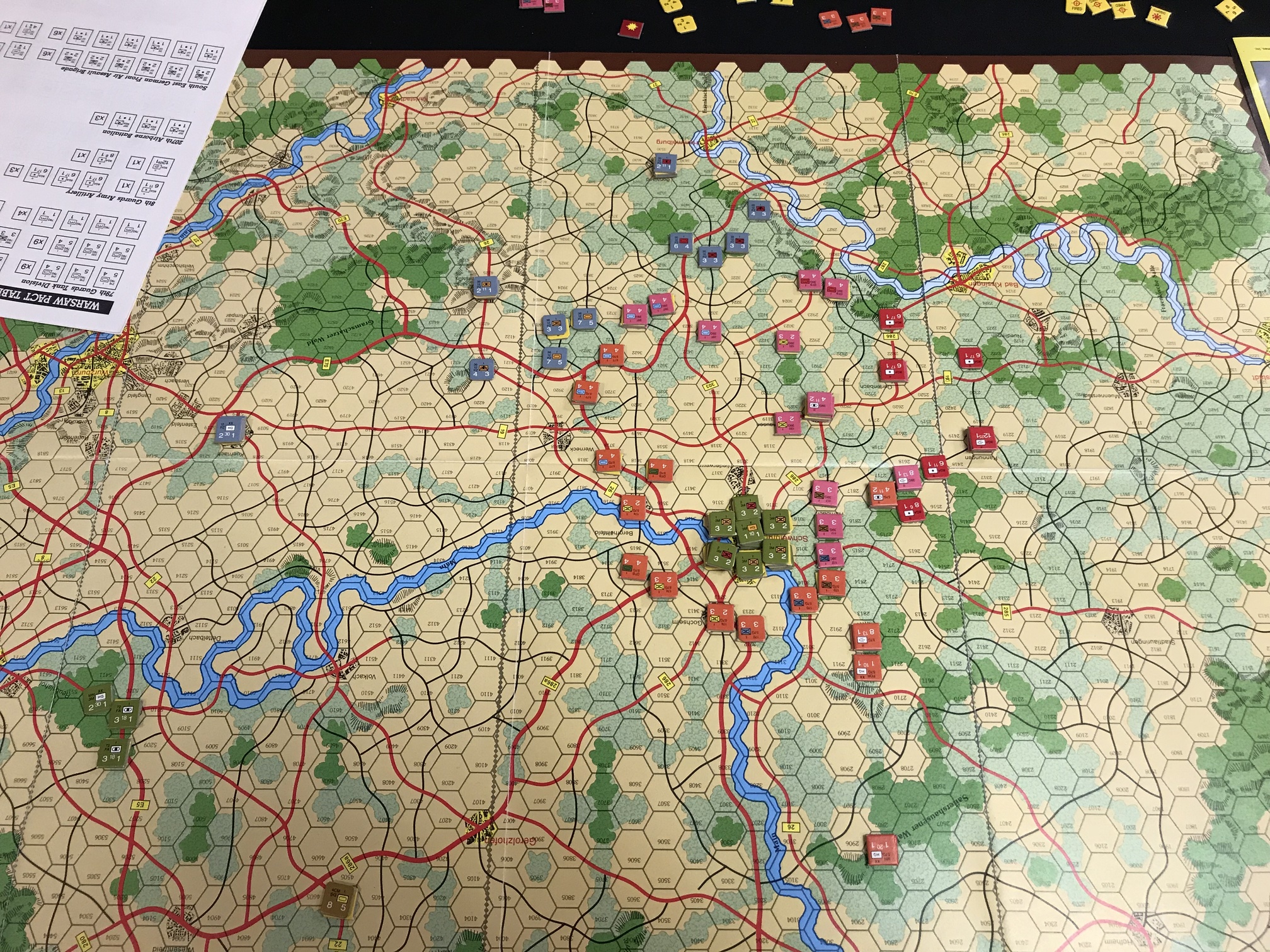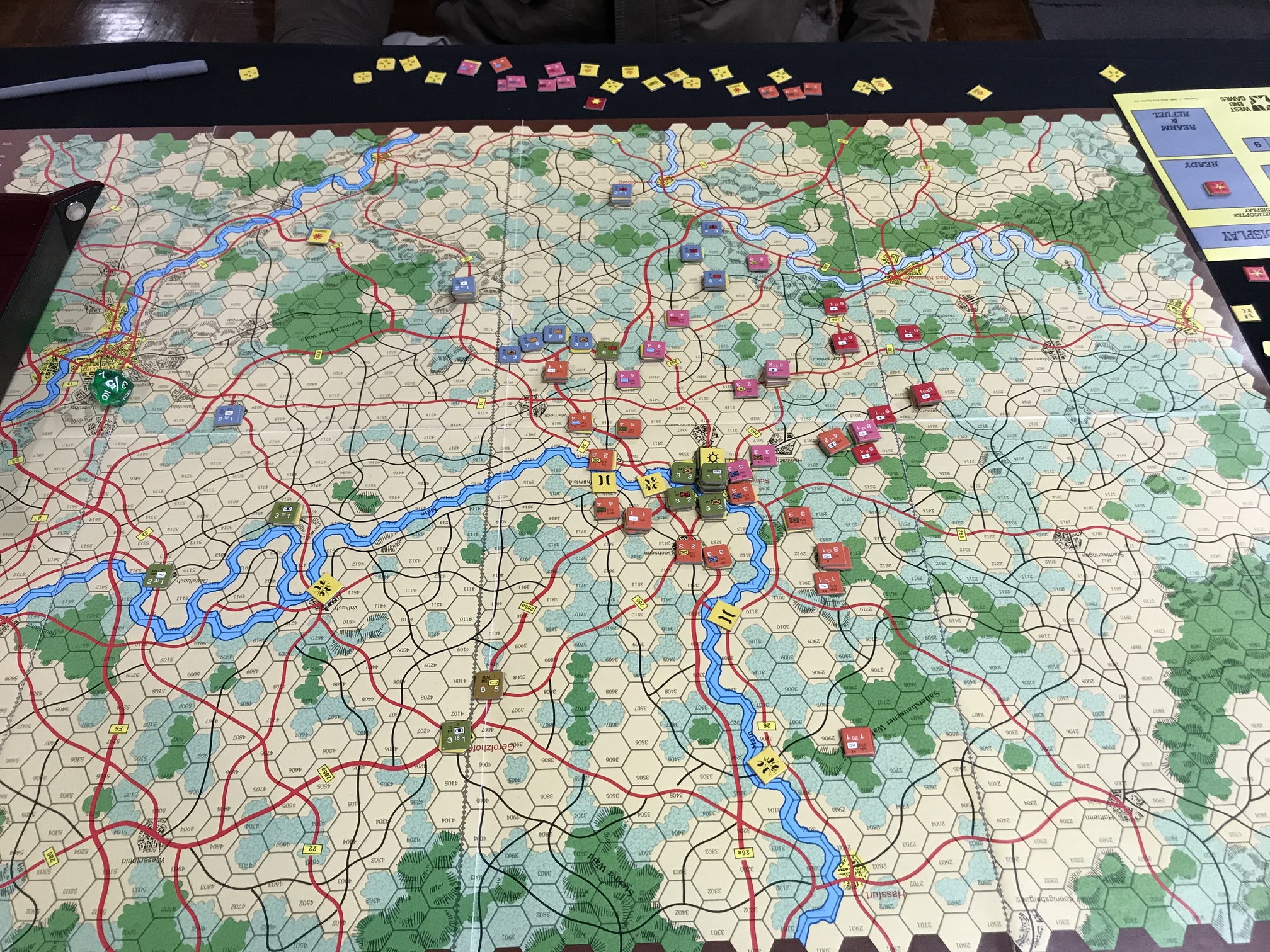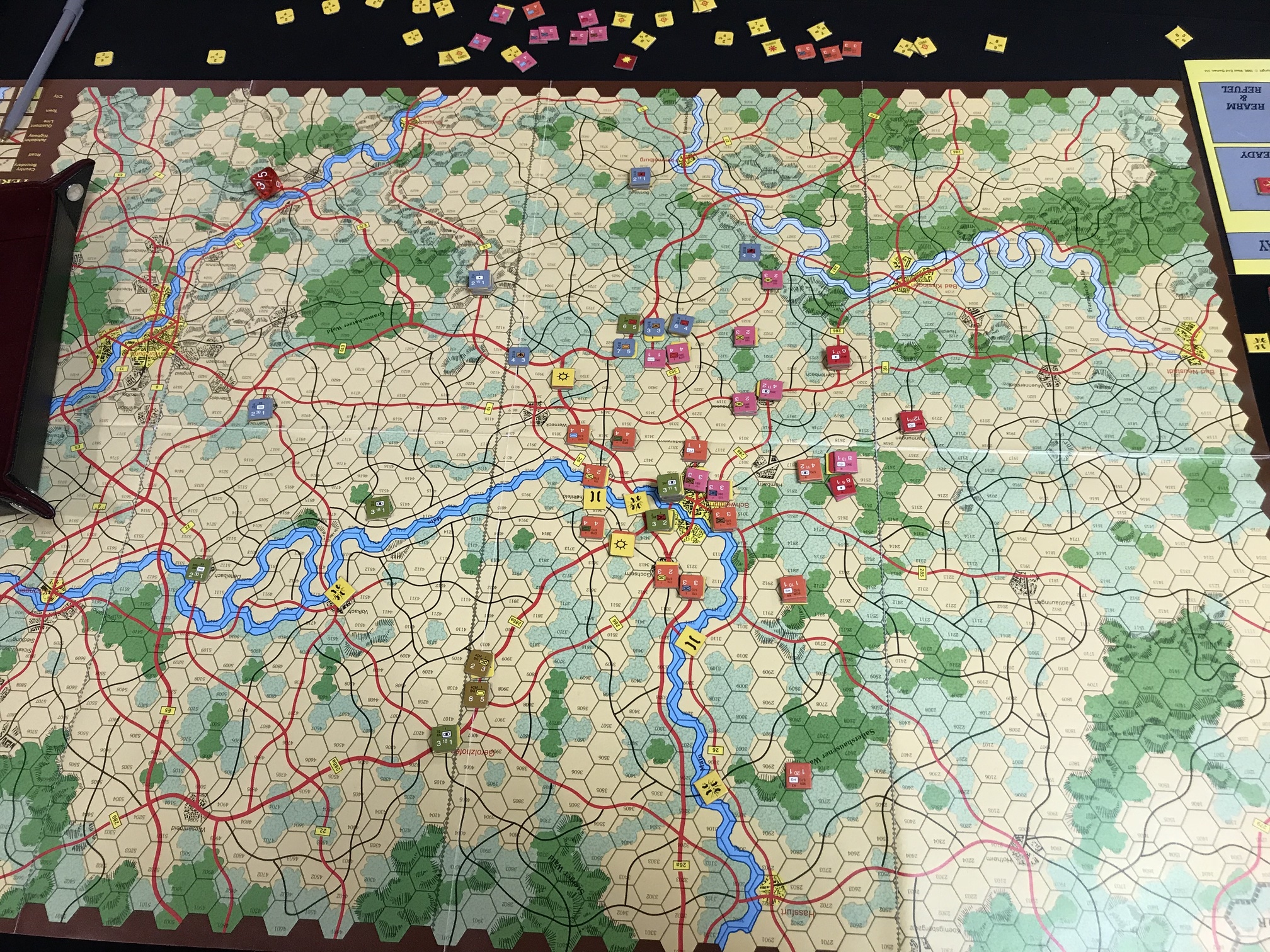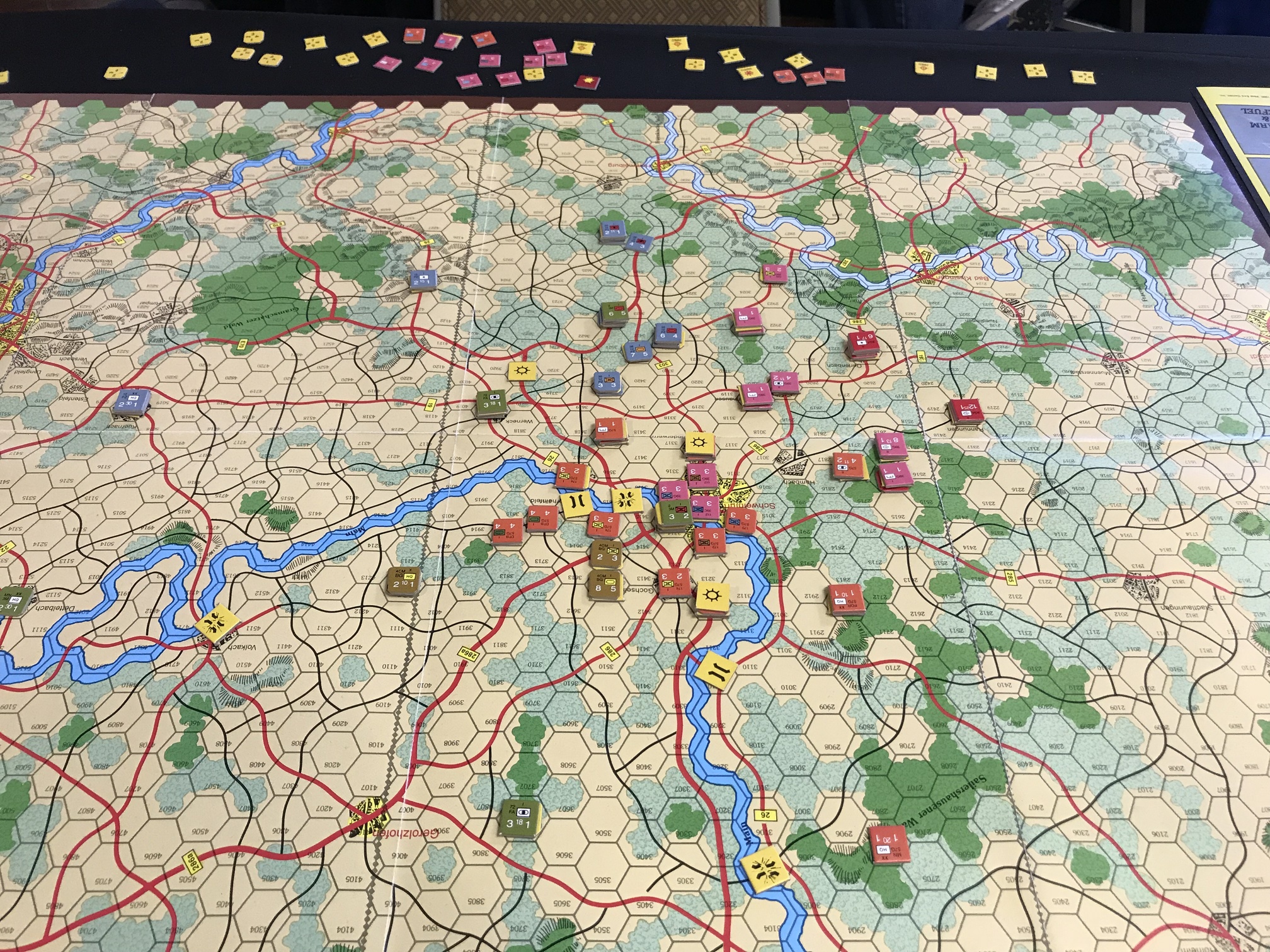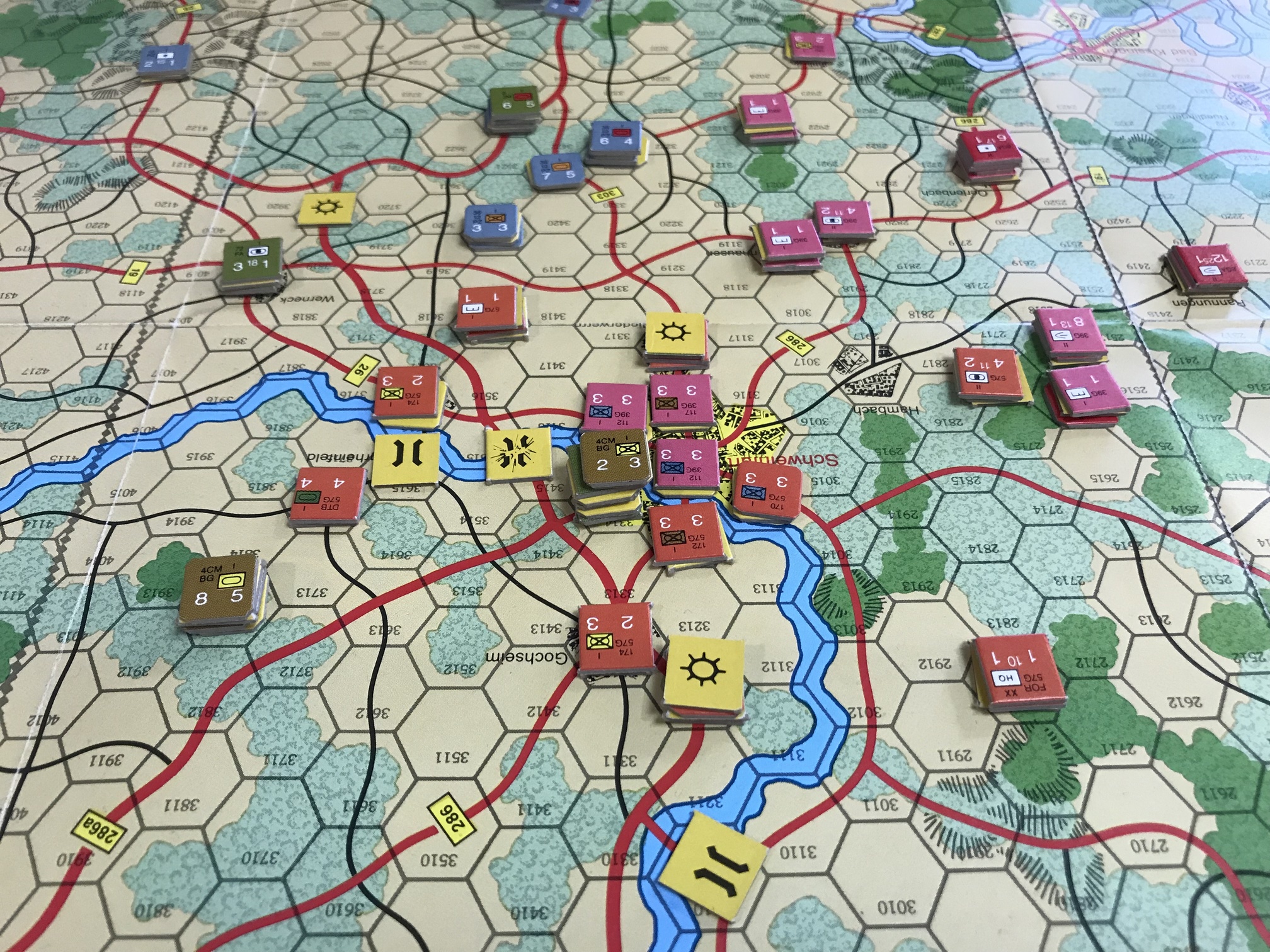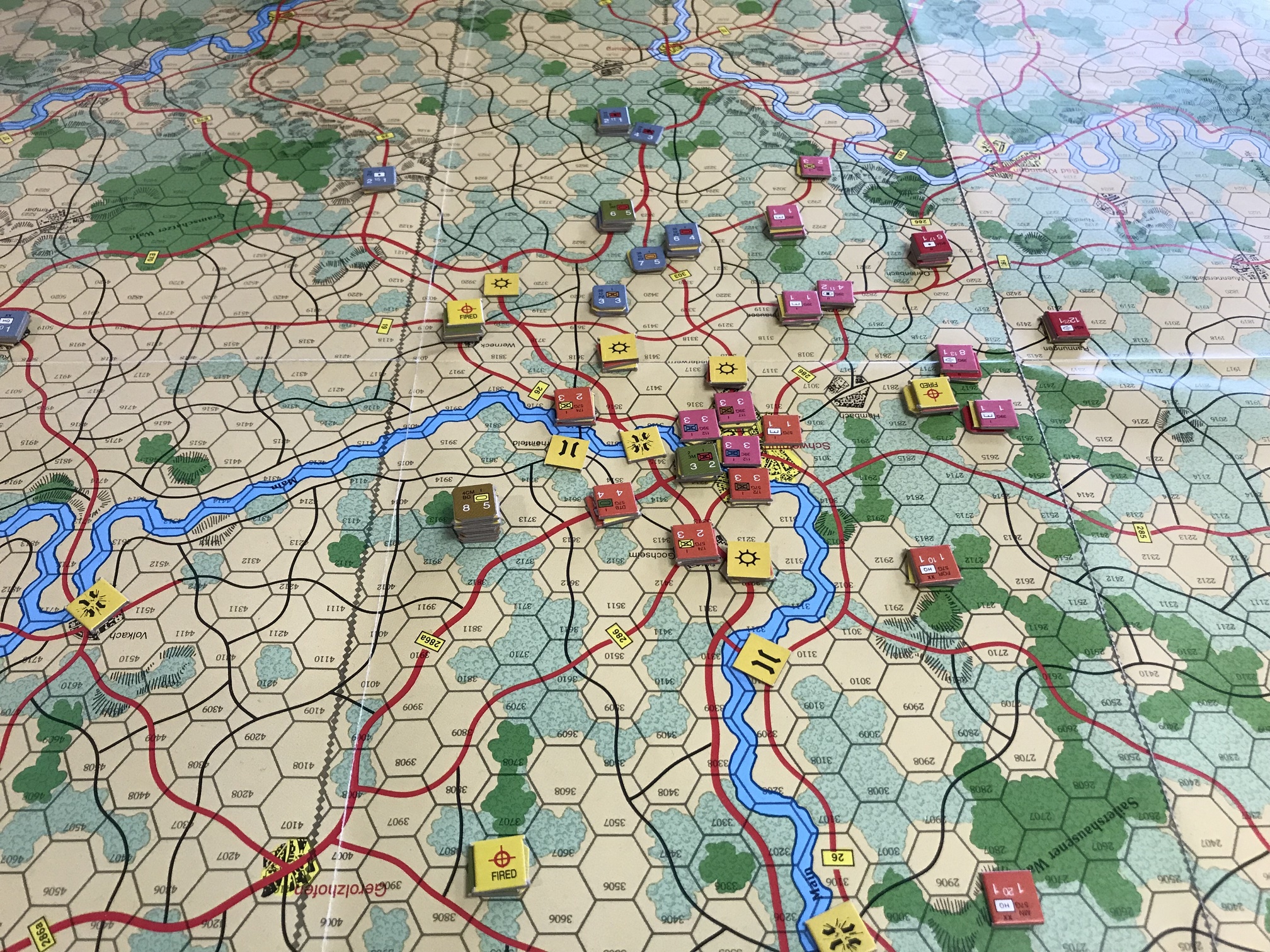Target for Today - Part 1
 Monday, June 6, 2022 at 02:07PM
Monday, June 6, 2022 at 02:07PM
Mission 1
Date: December 4th 1943
Base: Foggia, Italy
Unit: 304th Bomber Wing, 456th Bomber Group, 745th Bomber Squadron, 15th Air Force
Target for Today: Osoppo Airfield, Northern Italy
Position in formation: Middle Cell, Plane #6
After two consecutive scrubbed missions due to bad weather, we finally have good weather. We take off without a hitch for Osoppo in Northeastern Italy. Moral is high, in part due to a heavy friendly escort of fighters.
On our first leg over the Adriatic our formation is attacked. A lone ME-110 climbs from below, but luckily Sgt Pat Sorya is quick on the trigger. The twin engine fighter has its right wing shredded and the crew bails out.
We are soon on the receiving end of another, heavier, Luftwaffe attack, but no enemy fighters get to us.
No other attacks until we are flying over Northern Italy and closing on the target. At first, we meet only light resistance and our airplane is not targeted, but once we are near Osoppo, enemy fighters swarm our formation. Luckily we have still have some fighter cover and only two enemies get through to us. An ME-110 comes in low from our six o'clock and again Sgt Pat Sorya is quick on the trigger. The twin engine fighter takes substantial damage in the nose area and its pilot lose control. In front, an Italian MC205 attacks from twelve o'clock high, but Sgt JF Paquette in the top turret takes care of him. Bullets smash the fighter's cockpit, wounding or killing the pilot and the plane goes down.
Over the target we pass through light flak without issue and soon the lead bomber signals to drop our bombs. Lt Max Britten drops the bombs on target, with an estimated 50% accuracy. On the way out, more light flack, but again with no effect. Two more enemy fighters engage us; a FW-190 from twelve o'clock high, which is driven off by our escorts, and an Me-109 coming in from one thirty level. Our gunners miss him and likewise he misses us, after which he peels off.
On the way back to Foggia our formation is attacked sporadically, but no enemy fighters get to us. Back over our airfield, the weather is still good and we land without difficulty. A mission well done with no damage taken.
Mission 2
Date: December 8th 1943
Base: Foggia, Italy
Unit: 304th Bomber Wing, 456th Bomber Group, 745th Bomber Squadron, 15th Air Force
Target for Today: Marshalling Yard at Verona, Northern Italy
Position in formation: Low Cell, Plane #9
We take off in good weather, but as we fly over the Tyrrhenian Sea we are surrounded near constantly by heavy cloud banks. The formation suffers almost no attacks, between the clouds and good fighter cover we are relatively safe.
Over Verona, we find the target mostly obscured. We face no flak going in and on the signal of the lead bomber, Lt Max Britten drops our bombs on target, with an estimated 20% effectiveness. As we circle back to head home, we encounter some light flak, but take no damage.
A captured B-17 shadows us until we reach the coast. The formation is attacked vigourously and the germans even take to bombing us mid air, which temporarily breaks up our formation. We are unscathed, as good escorts and cool nerves see us through these dangers.
The journey back over the Tyrrhenian Sea is uneventful and we make a safe landing back at Foggia.
Mission 3*
Date: December 12th 1943
Base: Foggia, Italy
Unit: 304th Bomber Wing, 456th Bomber Group, 745th Bomber Squadron, 15th Air Force
Target for Today: Ploesti Oil Fields, Romania
Position in formation: Low Cell Leader, Plane #7
We take off in good weather and quickly hit some bad weather over the Adriatic Sea. Sgt Stephane Tanguay hears the recall order on the radio, and the formation loops back towards Foggia. We drop our bombs off the coast of Yugoslavia, just before the germans hit us.
What little fighter escort we have is unable to help and we find ourselves in the crosshairs of four german fighters. Three of them attack us head on, while the last one comes in from three o'clock low. Sgt JF Paquette shoots one of the FW-190 in the engine and it falls from the sky, trailing smoke. Meanwhile, Sgt Pat Sorya shoots the FW-190 coming from three o'clock in the left wing, fouling up its attack run and forcing it to abort. The remaining FW-190 hits our, thankfully, empty bomb bay, shredding our rubber rafts, the Me-109 does only superficial damage.
On its second pass, the FW-190 attacks from ten thirty high, but a burst from Sgt Amine Sadiqi hits its fuel tank and the german fighter explodes. The Me-109 comes in from six o'clock high and takes superficial hits from Sgt Alexandre Desy and Sgt JF Paquette. Its fire does superficial damage to our nose and tailplane, also destroying what was little was left of our rubber boats, before breaking off.
We then receive some german rockets, lobbed from our aft, which do no damage but breaks up our formation temporarily. Just before reaching the coast of Italy, more fighters attack, but those targeting us are driven off by other friendly bombers.
We finally reach Foggia under some pretty bad weather, but land without a problem.
*Does not count for the 30 missions required to complete a tour of duty.
 Flax |
Flax |  Post a Comment |
Post a Comment | 
